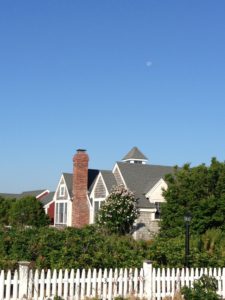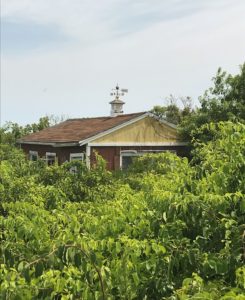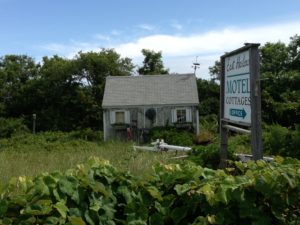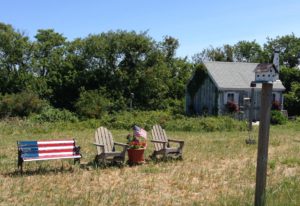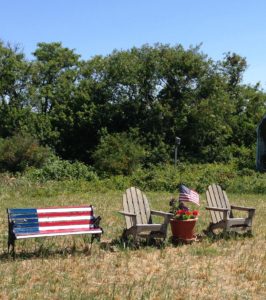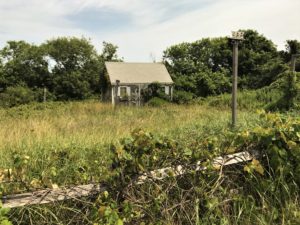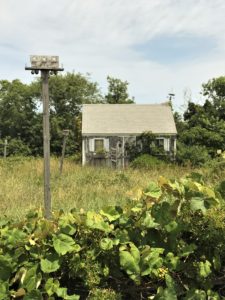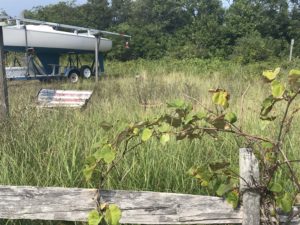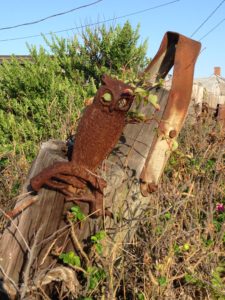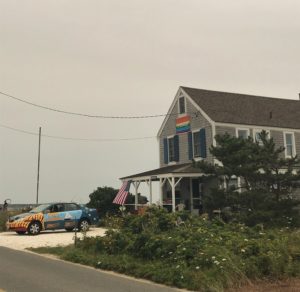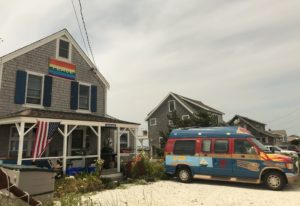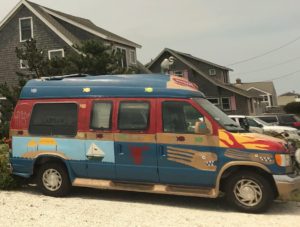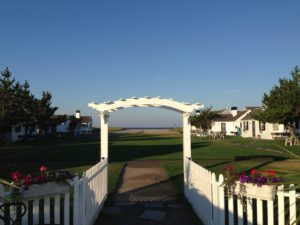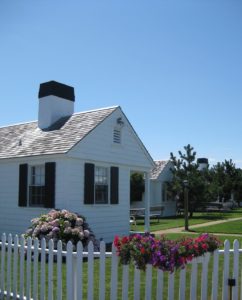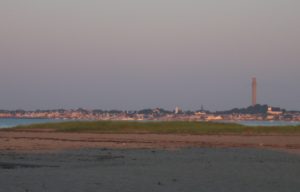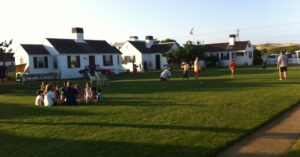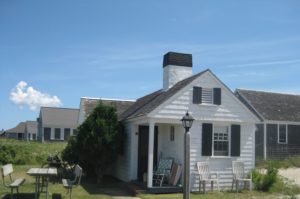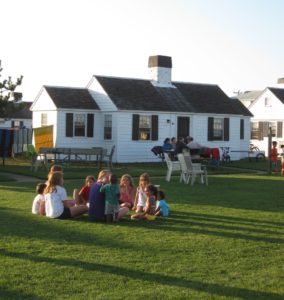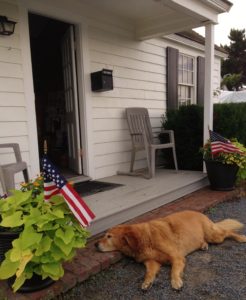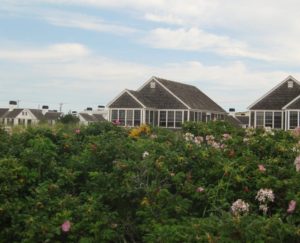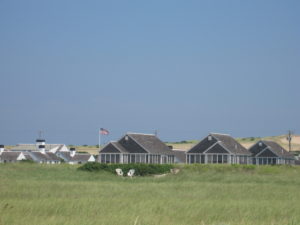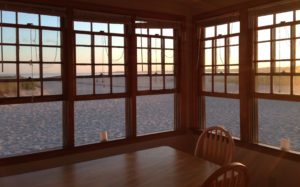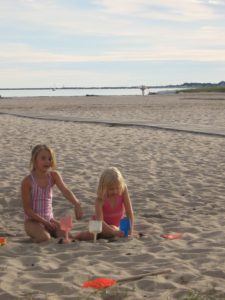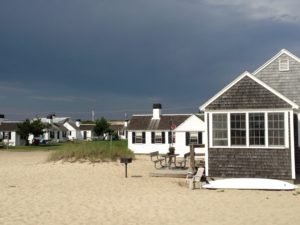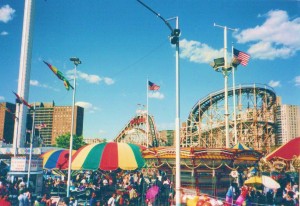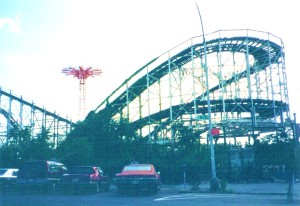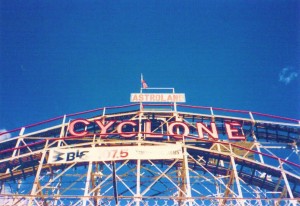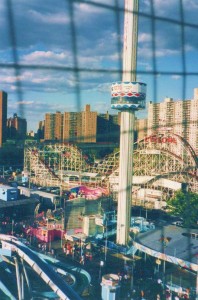In one of my longer Provincetown walks this summer, I got as far as the hilltop apex of Bradford Street, where the tall, narrow Gothic revival cottages above are located. With their sharply peaked roof lines, the structures could well be the home of friendly witches in a children’s book. The neat, enclosing hedge and abundant plantings further enhance the compound’s charming storybook aspect. Built by a sea captain in 1850, and home to several artists over the years, the cottages are now owned by a local art and antiques dealer.
The view toward the bay from the upper windows of the buildings above must be spectacular. I took this photo from just across Bradford Street, at the edge of a precipitous drop.
Flamboyant orange tiger lilies stand out against the weathered shingles of another hilltop Bradford Street home.
Back on Commercial Street, near the heart of town, is the elegant wedding cake building above. At the time of its construction in 1860 as the Center Methodist Episcopal Church, it was purported to be the largest Methodist church in the United States. Its original, emphatically tall steeple was removed after it was damaged in the severe winter storm of 1898. Since then, the arched belfry alone has topped the building. Once the congregation left for a newer, more easily manageable building in 1958, the church became home, for about a decade, to the Chrysler Museum, and later, to the Provincetown Heritage Museum. Following an extensive renovation, completed in 2011, the building now serves as the town’s Public Library.
The building’s light-filled interior is well worth a look. It’s high-ceilinged upper floor still contains a sixty-six foot long, half-scale model of the Provincetown schooner, the Rose Dorothea, winner of the 1907 Lipton Cup Fishermen’s Race. The model, completed in 1988, by a group of volunteers led by Francis “Flyer” Santos, is a tribute to the long tradition of New England shipbuilding and to the intrepid fishermen of Provincetown.
The library, with its large windows, is a lovely place from which to survey the surrounding town. Above, we look across Center Street to the home built around 1870 as the parsonage of the Methodist Church. The current owner is the proprietor of Provincetown’s Shop Therapy, which bills itself as a “world famous alternative lifestyle emporium.” The wild spirit of the sculpture garden that surrounds the house is similar to that expressed in the brightly colored murals that adorn the facade of Shop Therapy. The Pilgrim Monument rises in the background.
This view above shows Commercial Street shops, the harbor, pier and breakwater.
I like to walk the town’s short lanes that connect Commercial and Bradford streets. They offer unique perspectives on enclosed gardens and quiet enclaves mere steps away from the tourist crowd.
Provincetown’s government center is Town Hall, built in 1886 and situated at the very midpoint of the town. Every registered, resident voter is a member of the town’s legislative body. Town Meetings, as well as concerts and special events, take place here in the capacious auditorium. The Victorian building underwent a massive renovation, completed in 2010, after portions of it were deemed structurally unsound. The current green and white color scheme mimics the original palette.
Following the sale of the Center Methodist Church, the congregation built their new home on Shank Painter Road, a bit removed from the town center. The spare Modernist building opened in 1960. The sanctuary, with steeply sloping redwood walls, resembles the upturned hull of a boat. Provincetown United Methodist Church is a vital hub of community life. In addition to Sunday worship, the congregation runs a Thrift Shop and Soup Kitchen. The church hosts a number of twelve-step groups and serves as a rehearsal space for some theater groups. Our family has been attending worship there once every summer for many years. It has become our church home away from home. We looked forward to being back in the company of the small, welcoming congregation, to an uplifting sermon by the Reverend Jim Cox and to a moving anthem by the delightful “Joyful Noise Choir.” When we arrived on our annual Sunday morning in August 2019, we were surprised, and somewhat alarmed, to see that Reverend Jim was not there. A guest minister presided. Toward the end of the service, she seemed to be stalling for time. Before long, Rev. Jim was proceeding slowly up the center aisle. Gravely ill, he’d come to say goodbye. He died just over a month later. We’re grateful that we could be among the flock that day, to thank him for being such a source of kindness, wisdom and good cheer, for walking the walk of faith and love of neighbor in all circumstances. Appropriately, his Celebration of Life included a New Orleans-style brass band “Second-Line Procession” from Town Hall to the Church.
The Delta surge of Covid prevented us from attending church this year in Provincetown. As of June, the pastor is Edgar Miranda. God willing, we’ll meet him next year.
This large Bradford Street residence, built in the 1870s, stands out for its dramatically peaked gable roof and Stick Style ornamentation. It was home to a succession of artists and merchants before opening its doors to paying guests. Currently operated as Stowaway Guesthouse, its pleasant rooms are brightly painted, and the spacious grounds are lushly landscaped. It’s one of Provincetown’s many inviting, privately run inns.
On every return walk to Truro, I pause again to look back toward Provincetown. The familiar elements are there: the white house, the bay, the curve of the town. When the distinctive features of the Provincetown skyline, such as the Pilgrim Monument, the towers of the Library, Town Hall and the Unitarian Universalist Meeting House, are visible, it calls to mind a decorative miniature village in a model train display. On cloudy days, the buildings blur together into a vague impression, a palette knife rendering in tones of gray and white. Sometimes, as in the view from our cottage in Truro, dense fog obscures the town altogether, and the white house could be perched at the very edge of the world. At low tide, the home looks out to a vast, low basin of sand. At high tide, the waters of the bay seem to lap at the base of the porch. The view is never the same, yet always the same. I find this somehow comforting. I know it will be there waiting for me next year. And it reminds me that even in the most mundane of life’s daily routines, there lies the potential for endless variety, for boundless possibility.
I didn’t make it to Provincetown’s far West End this summer. I’ll save that part of the tour for next year.

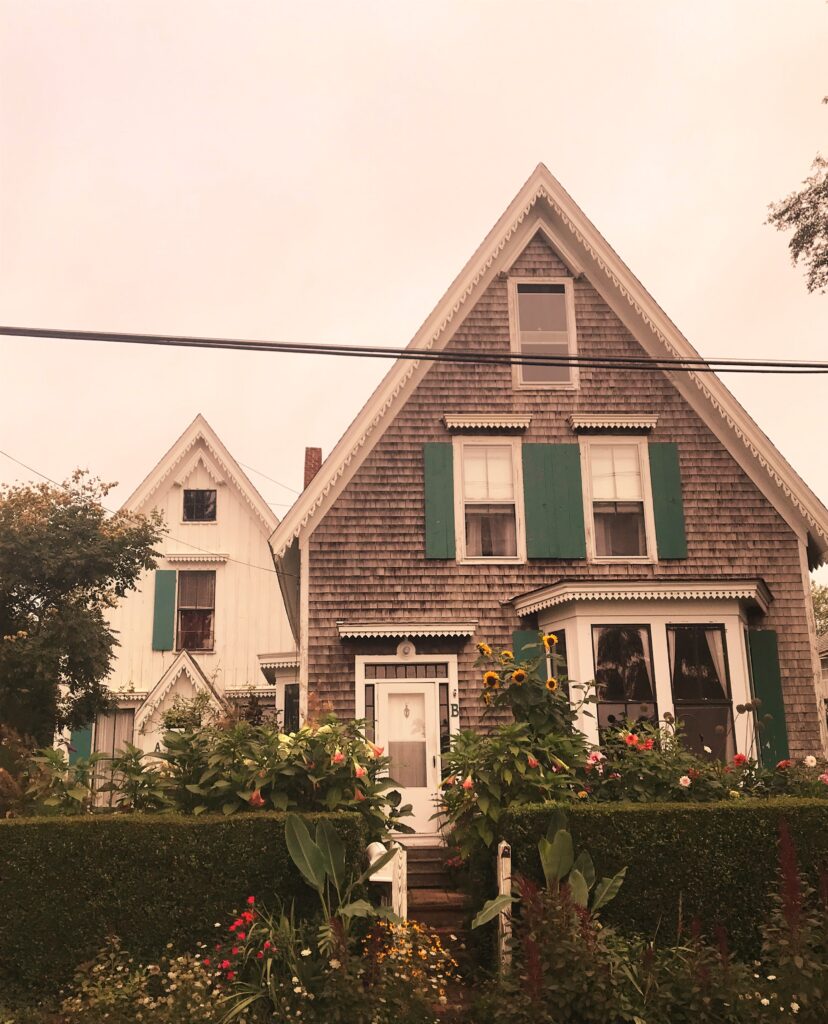
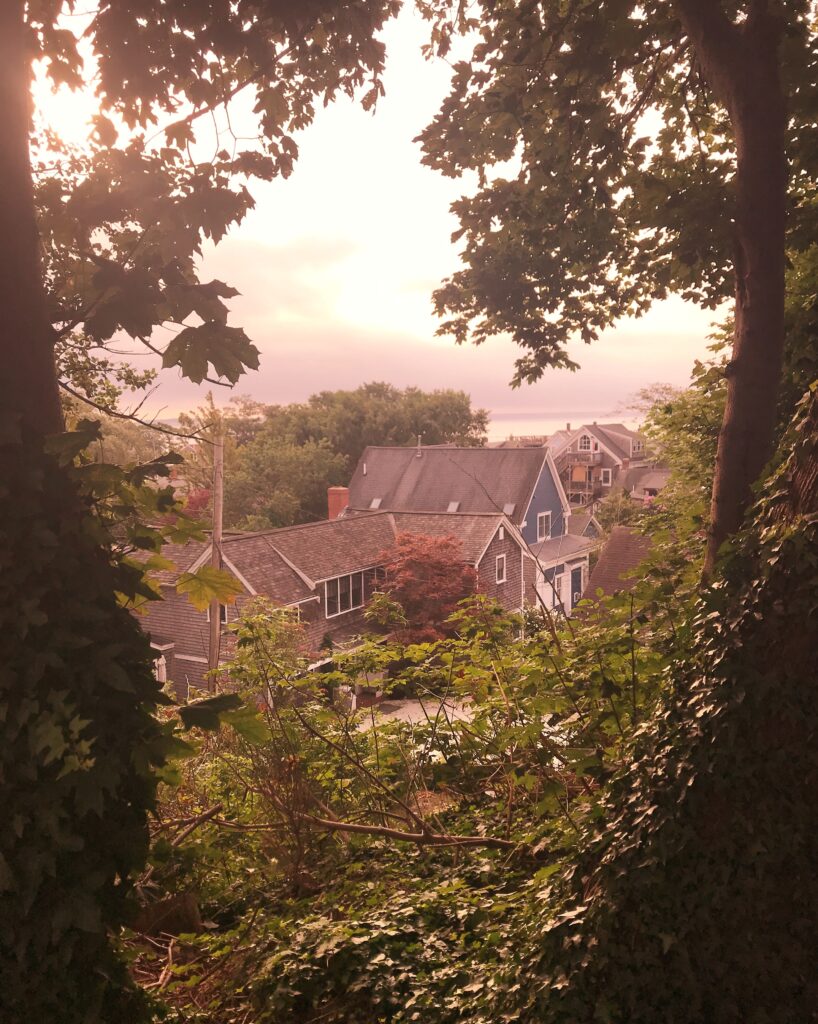
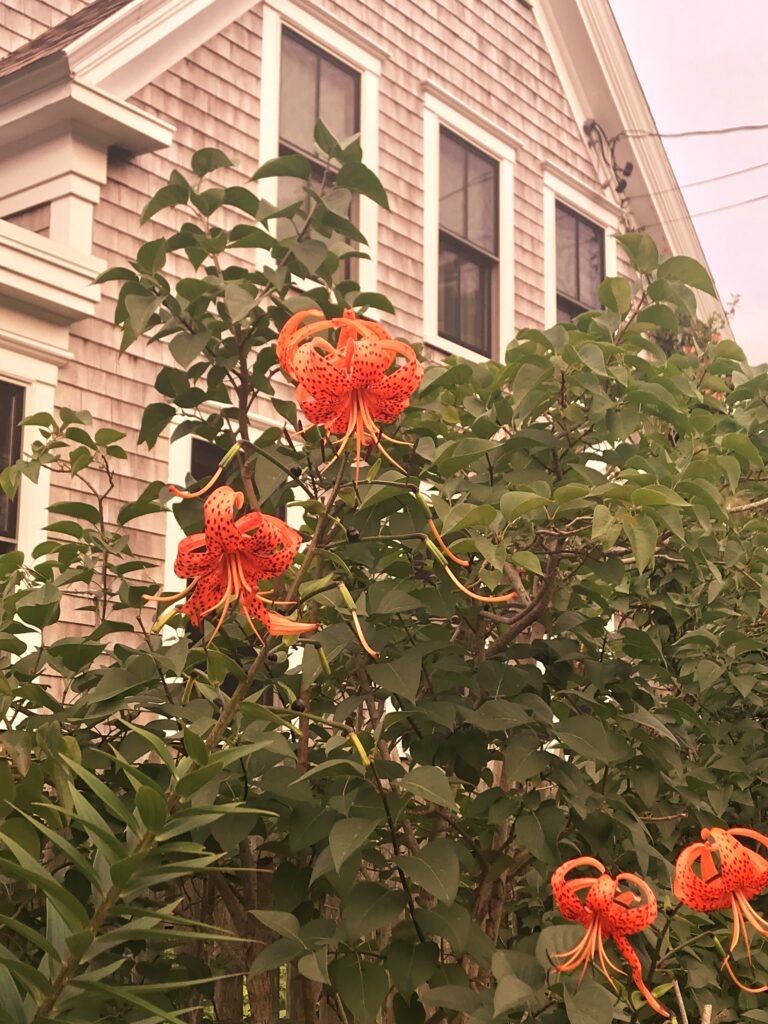
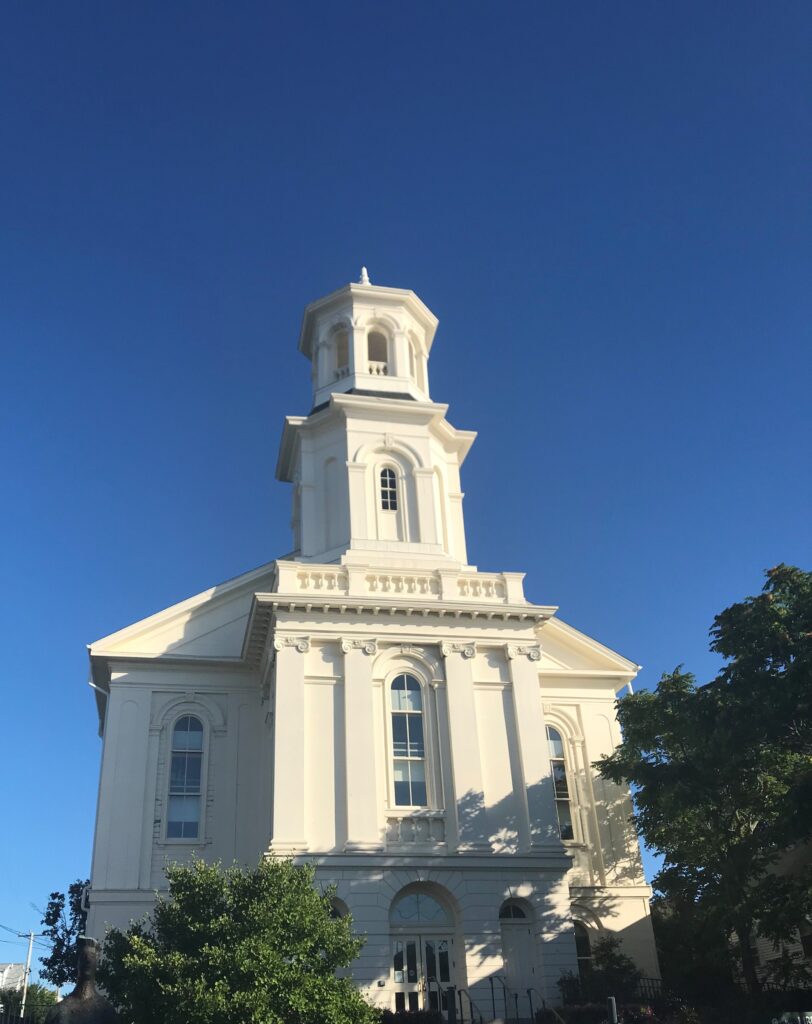
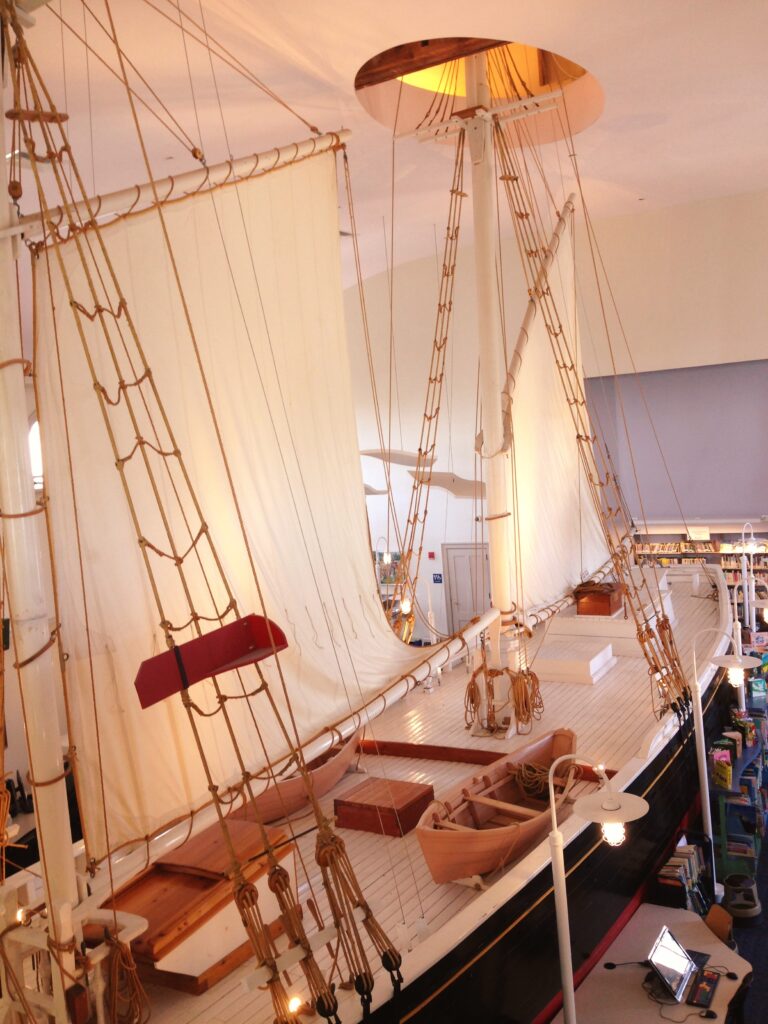
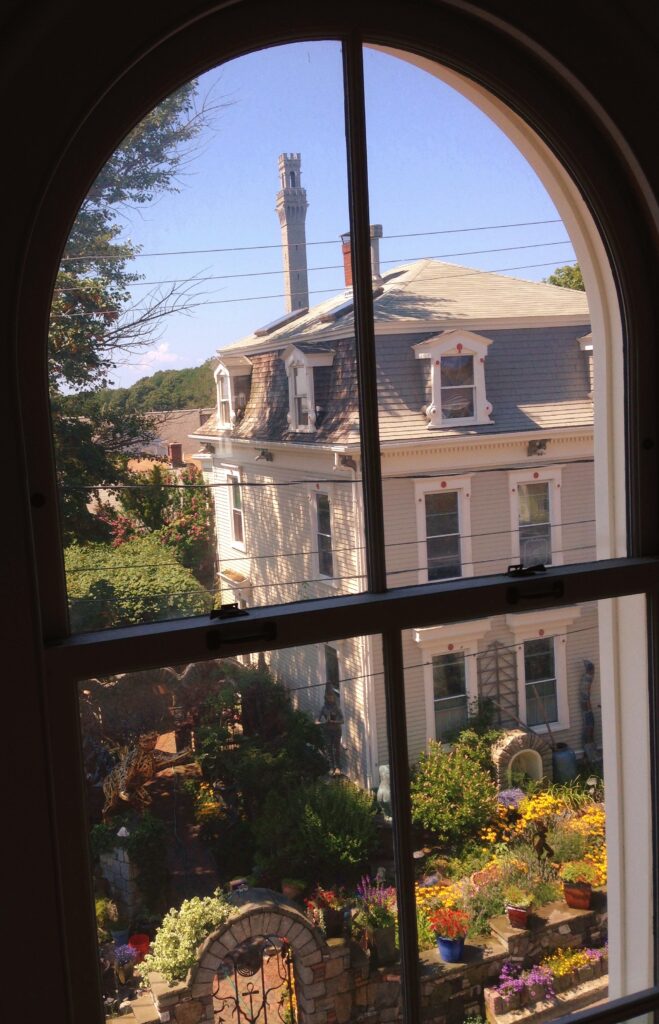
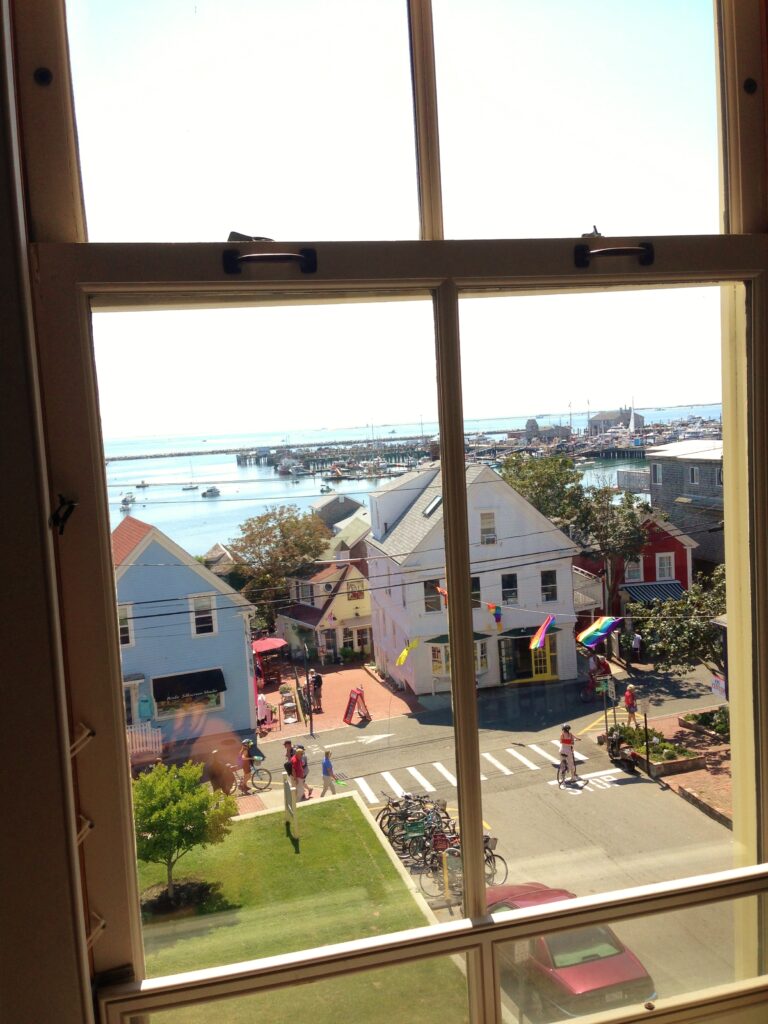
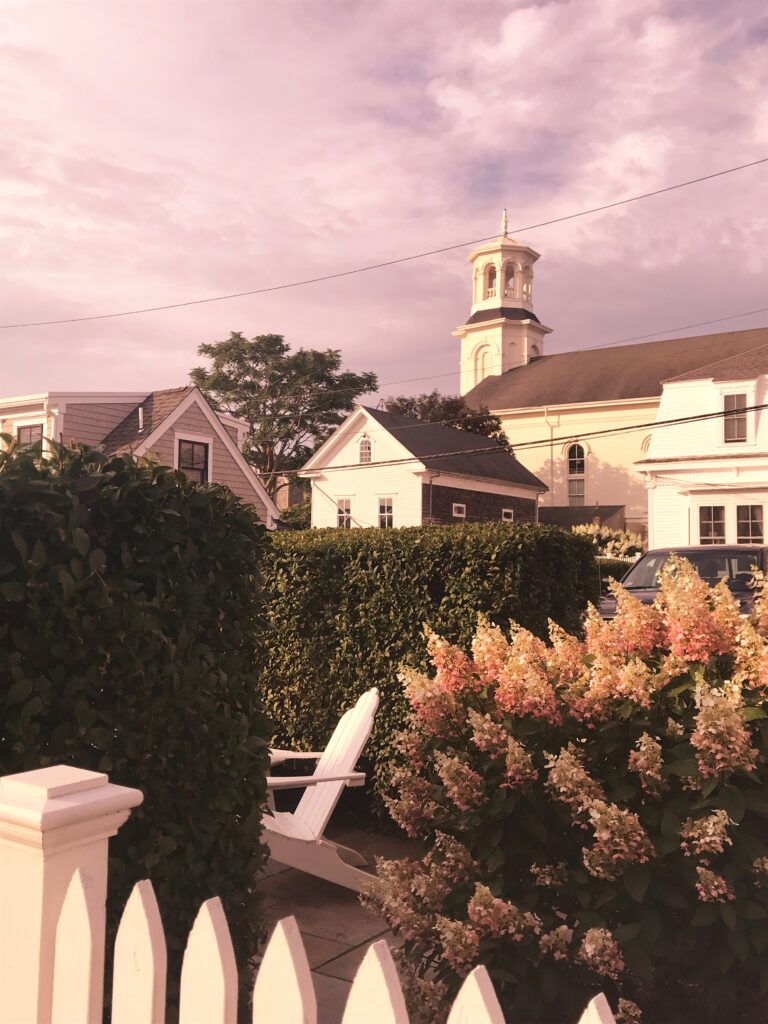
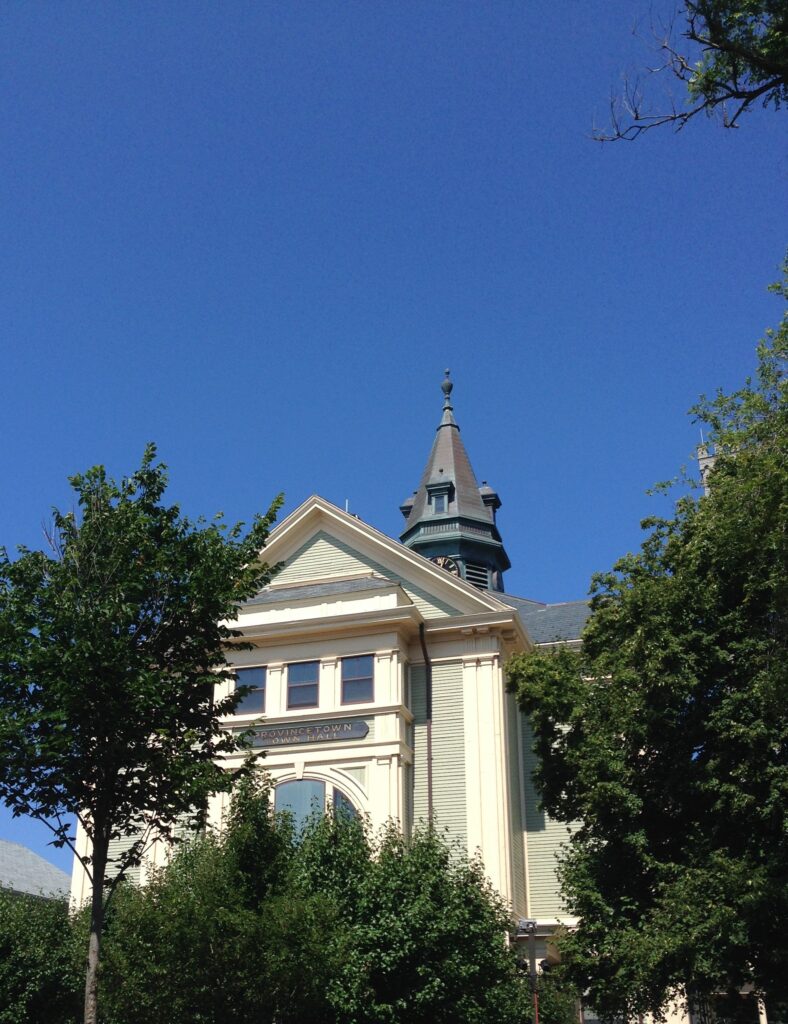
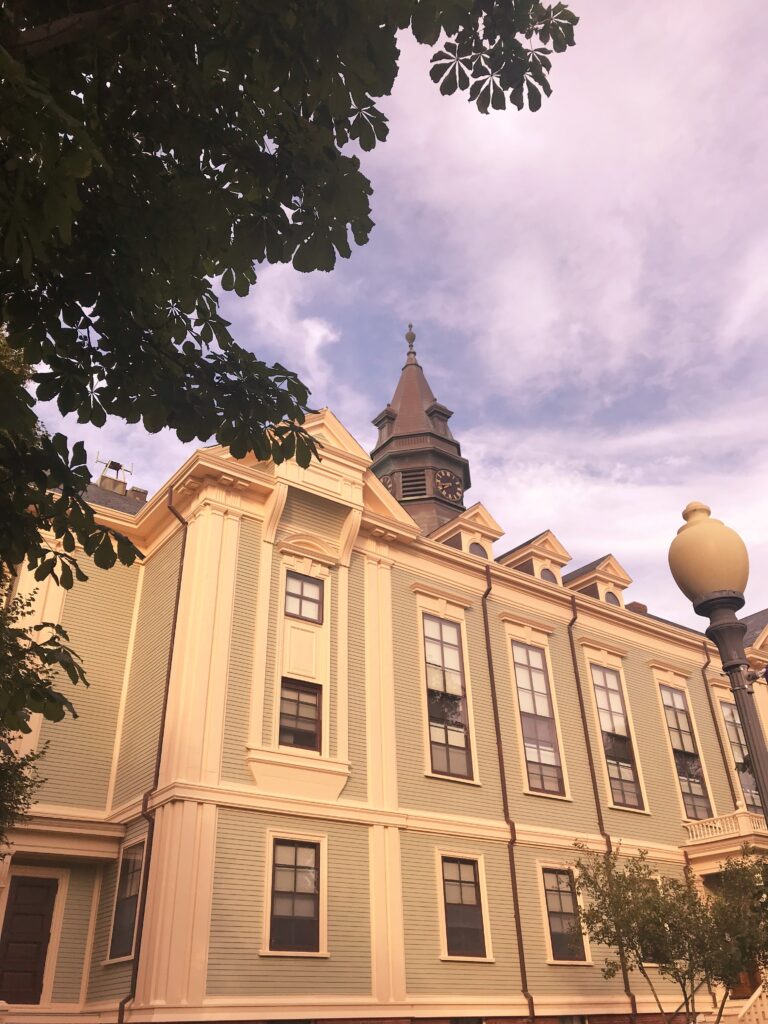
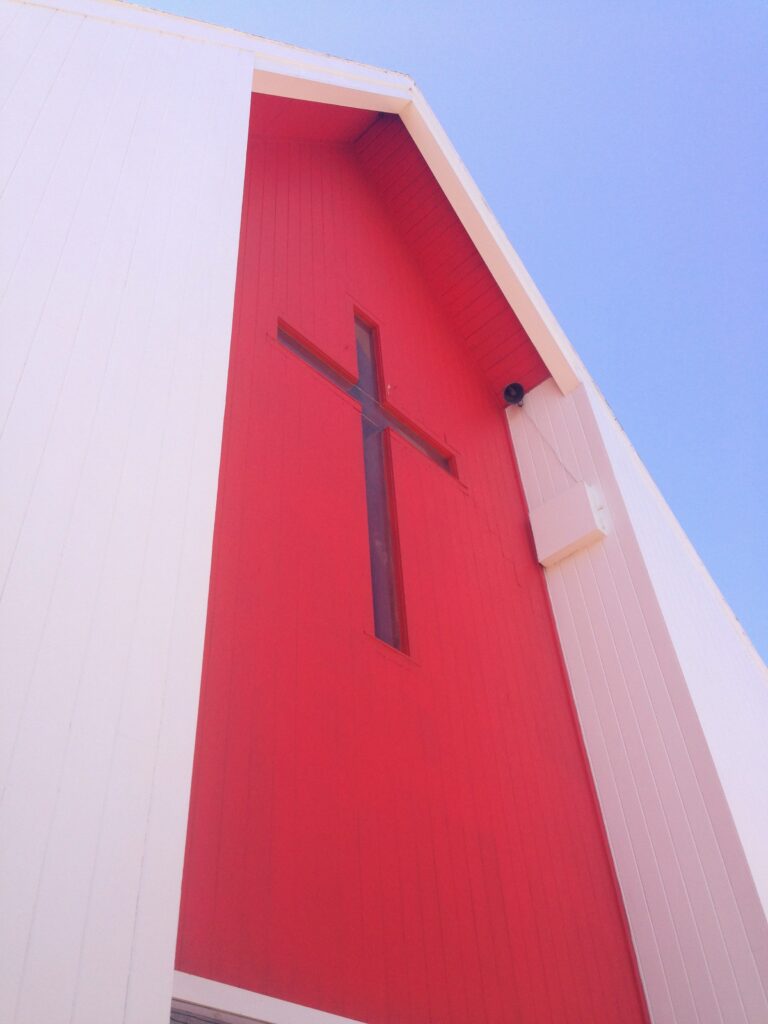
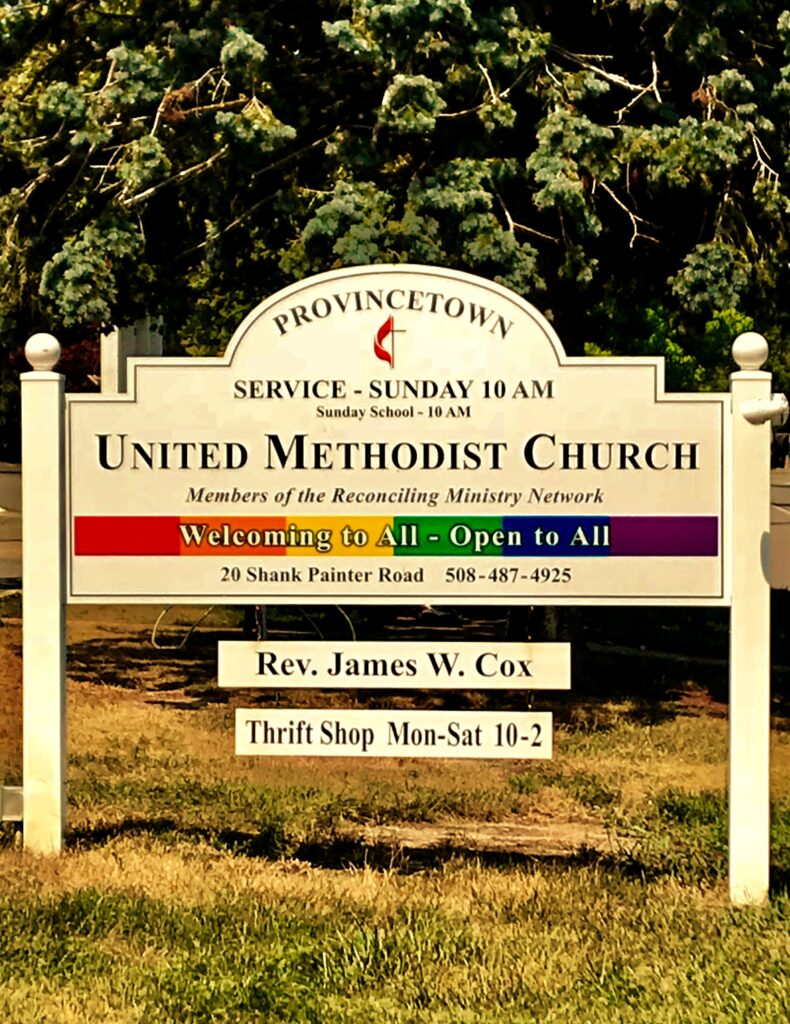
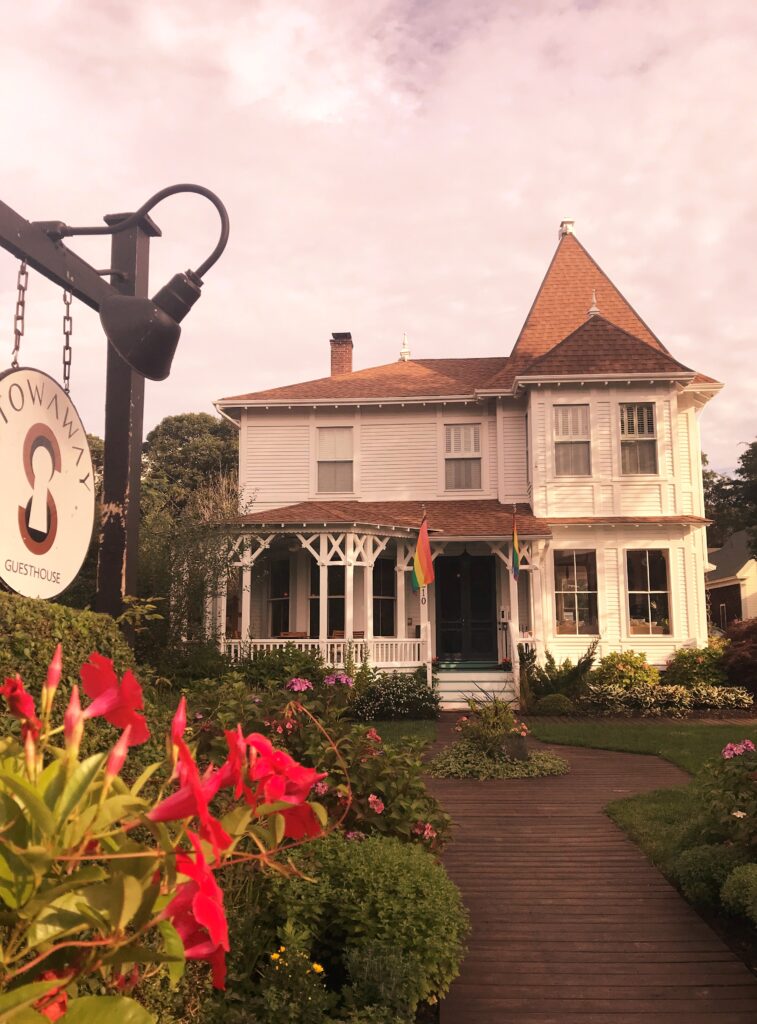
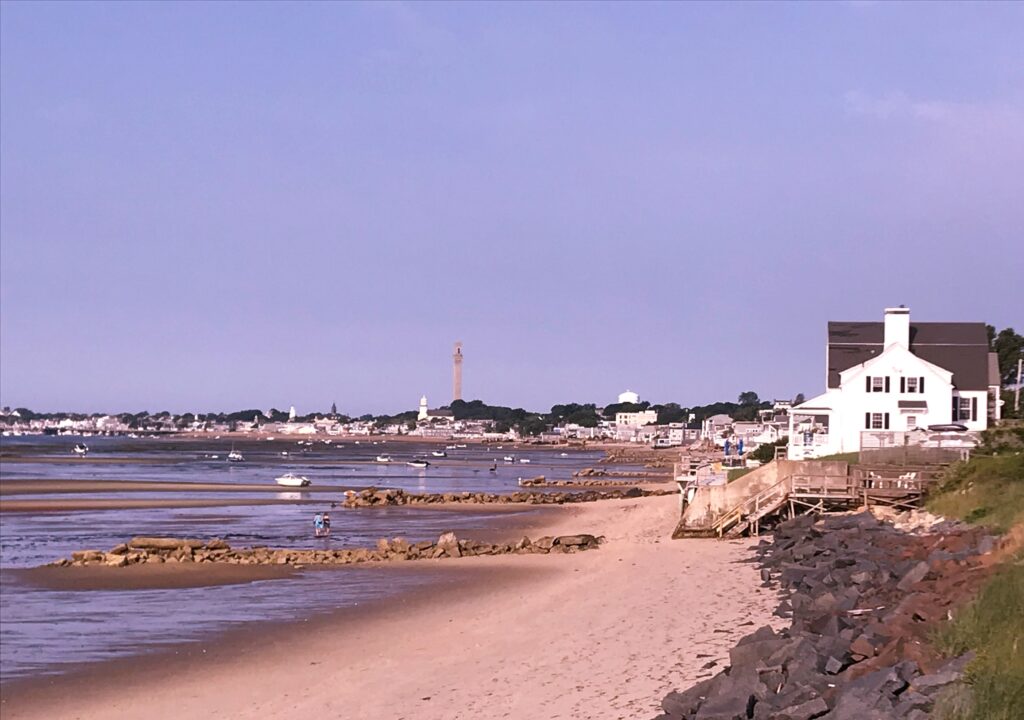
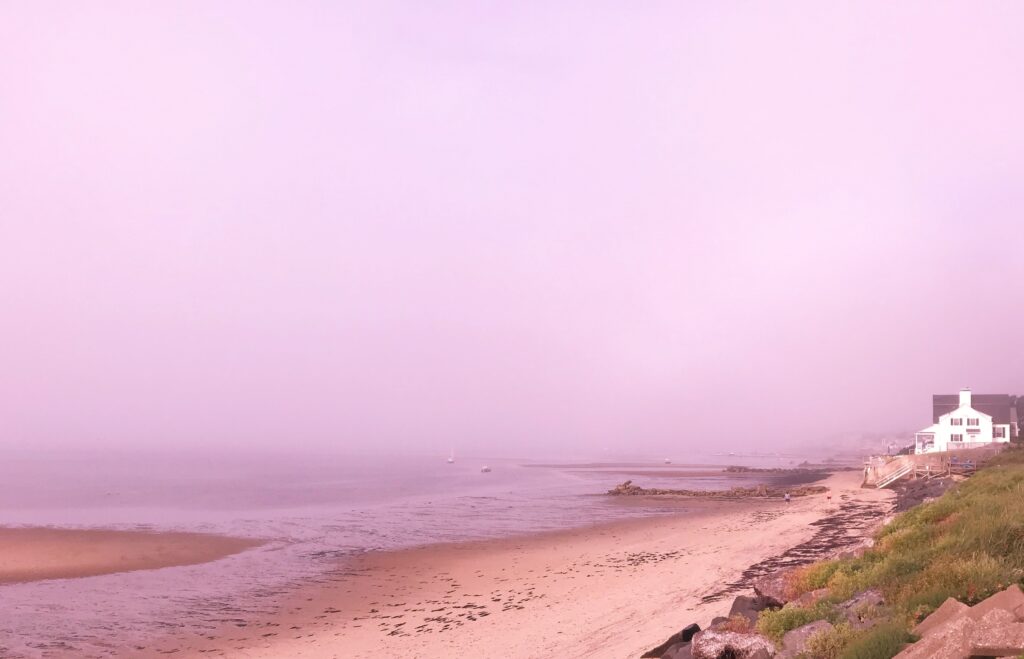
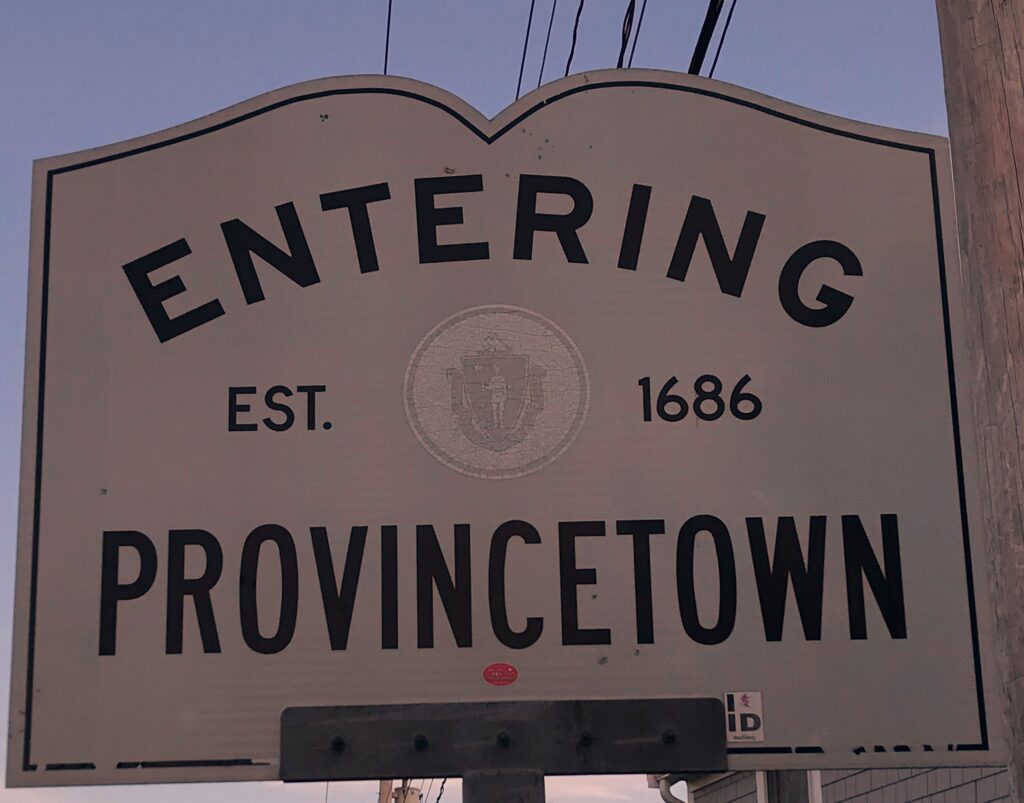
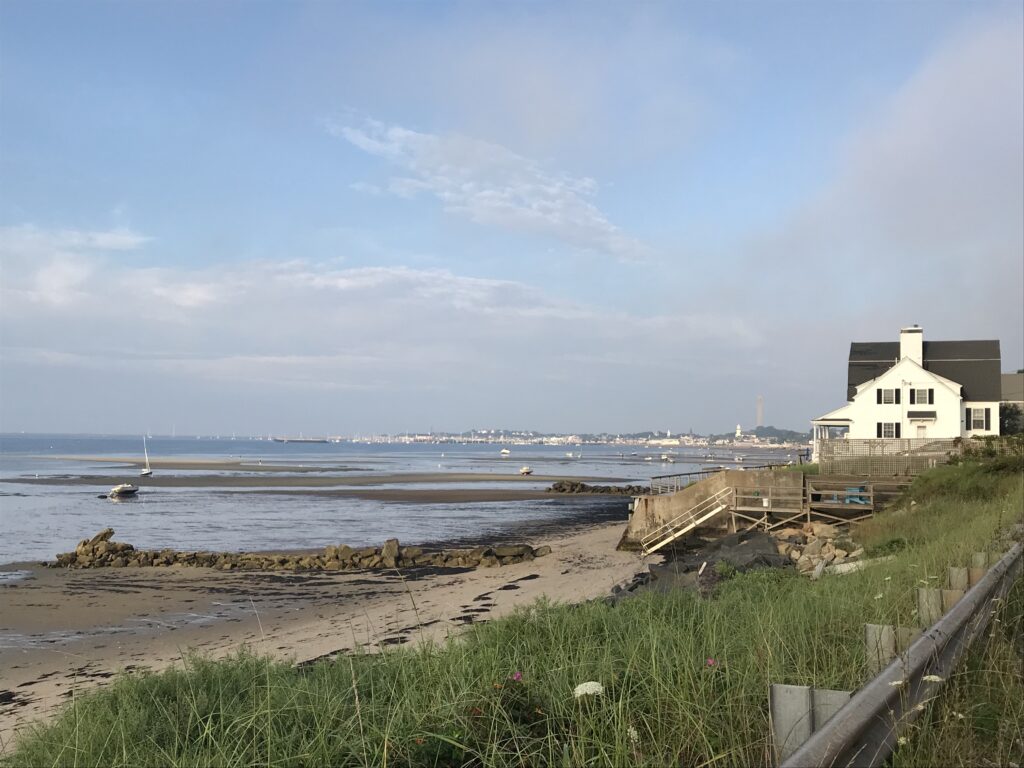
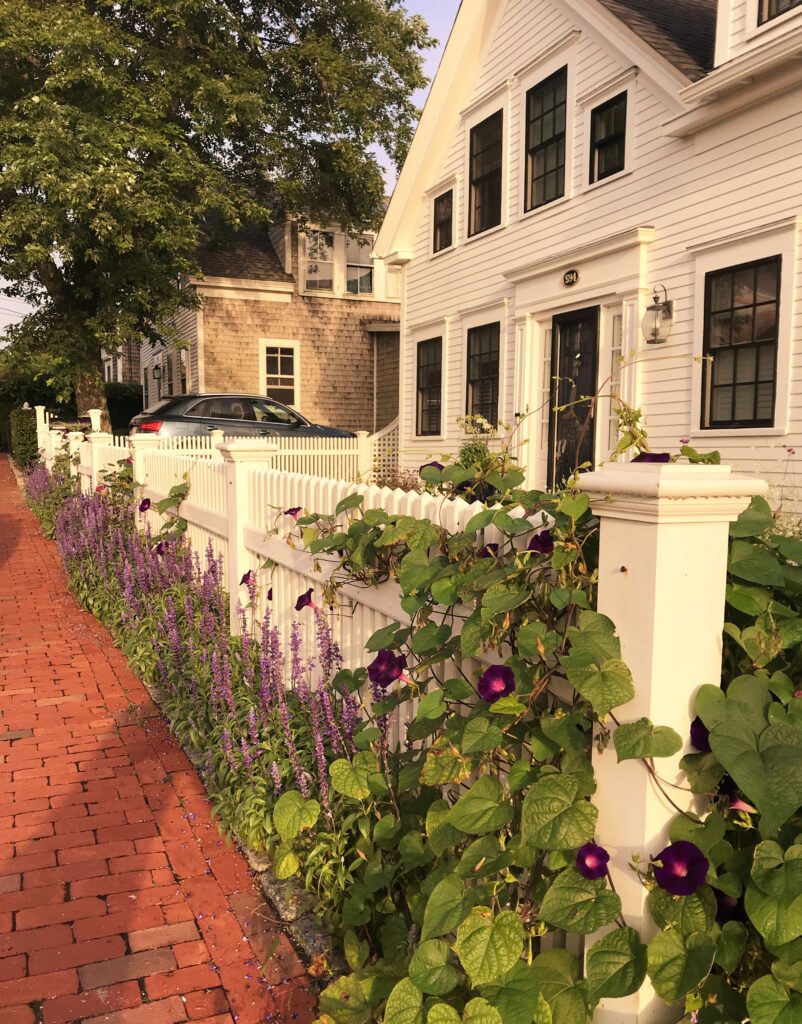
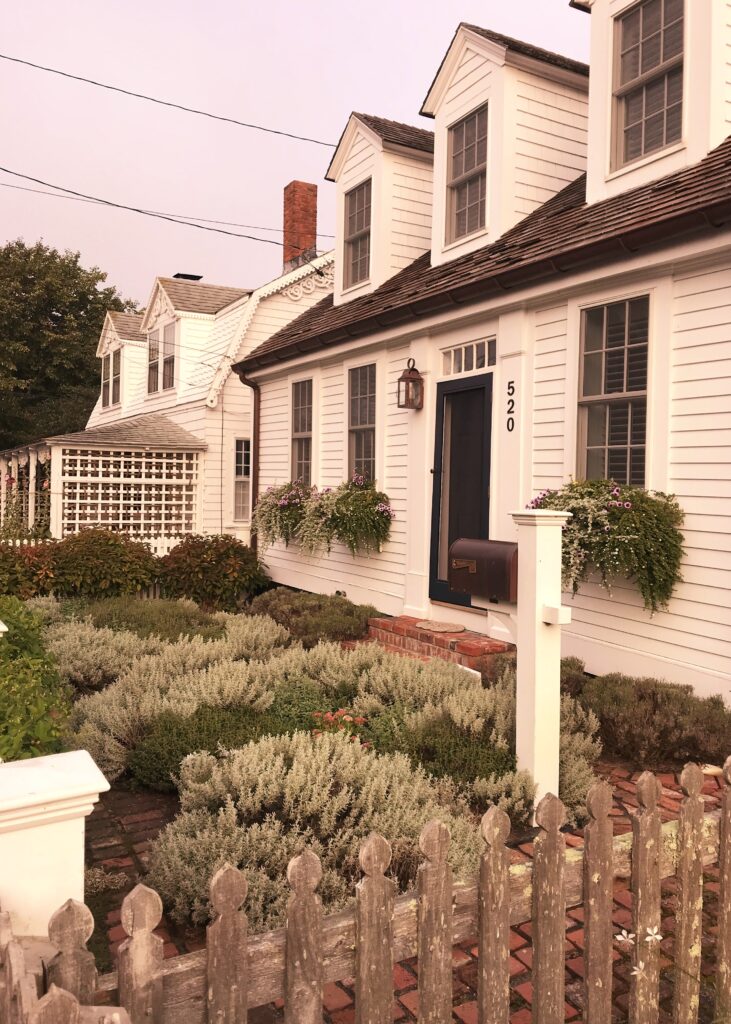
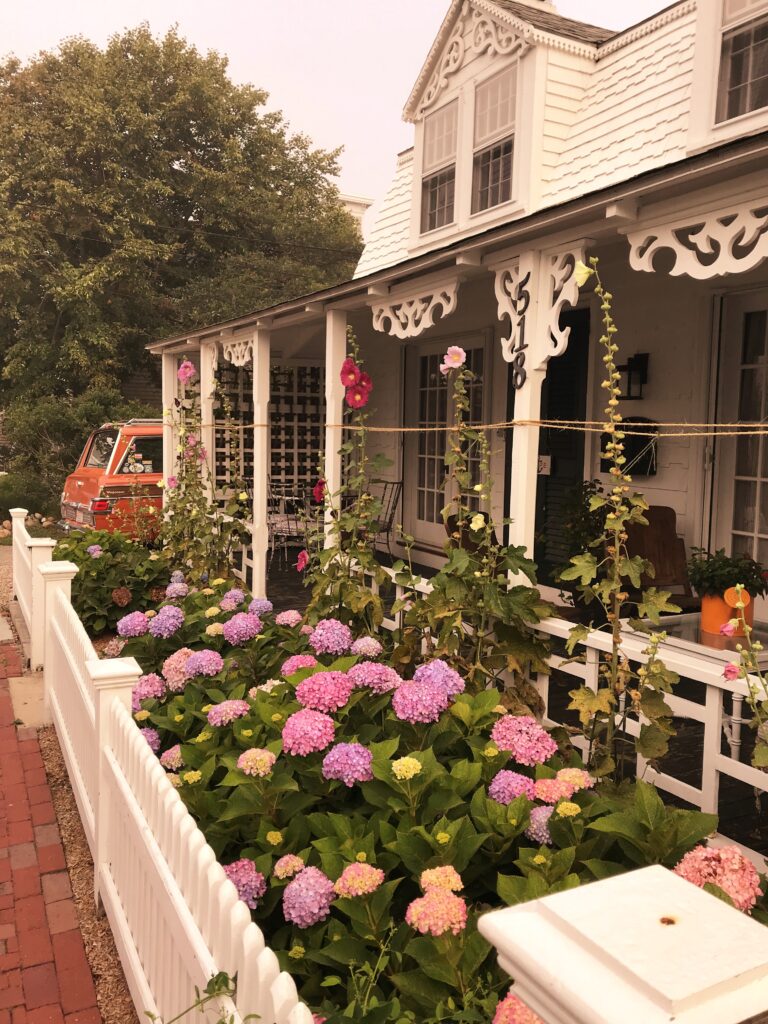
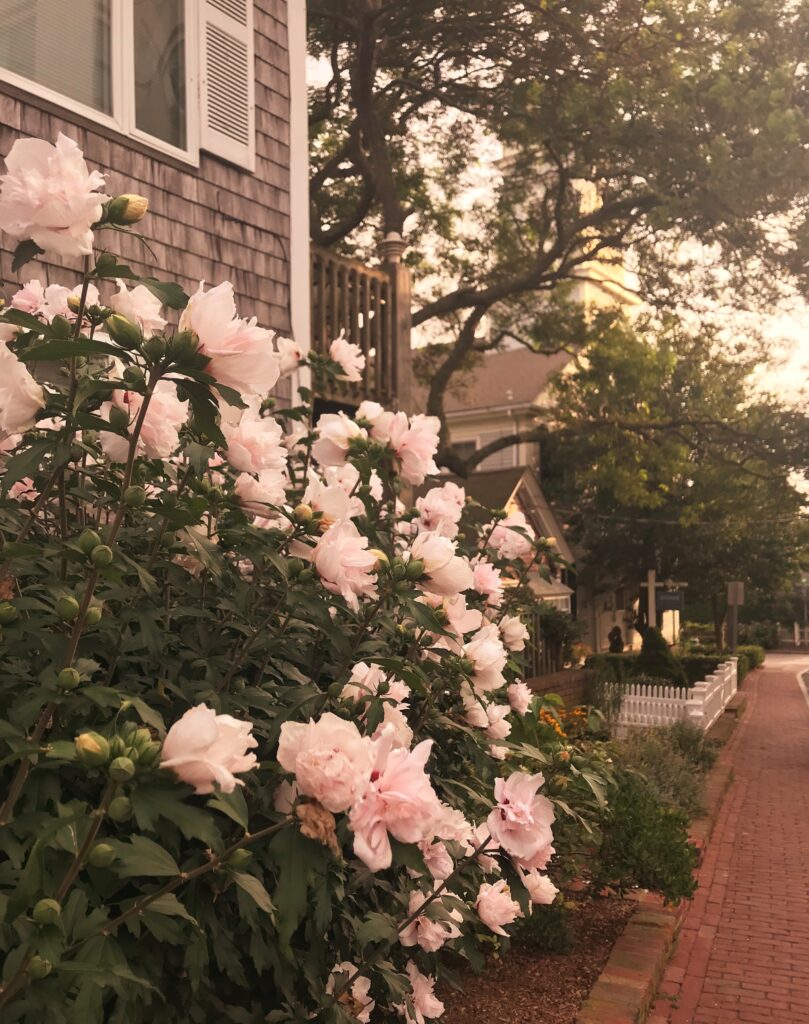
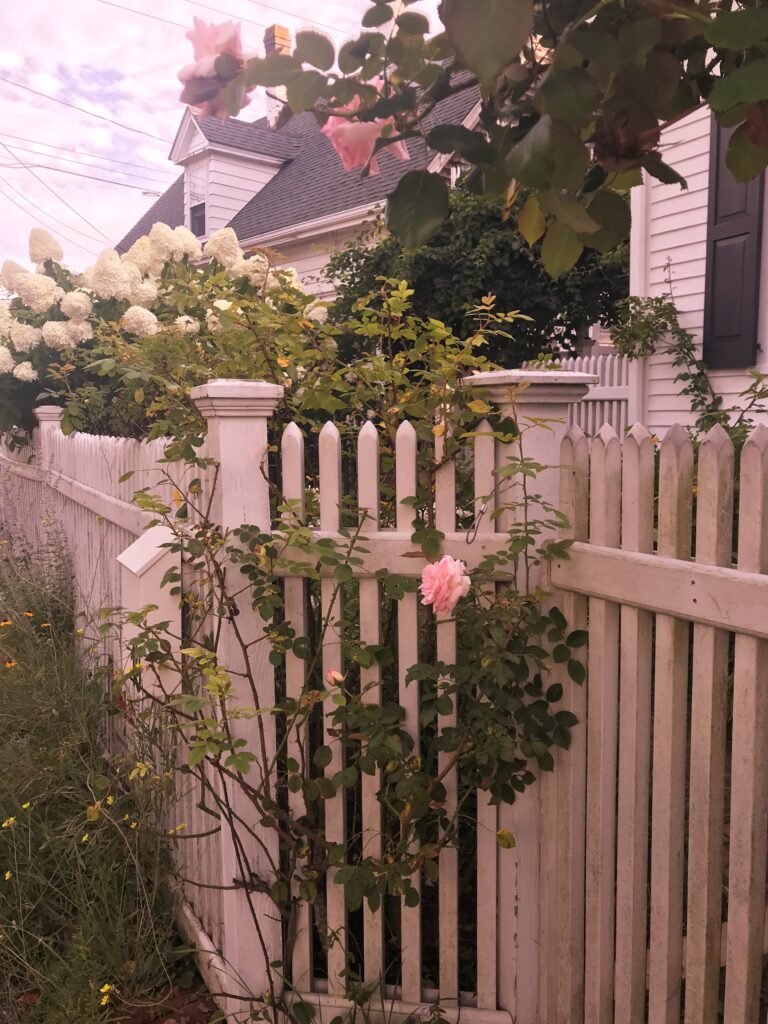
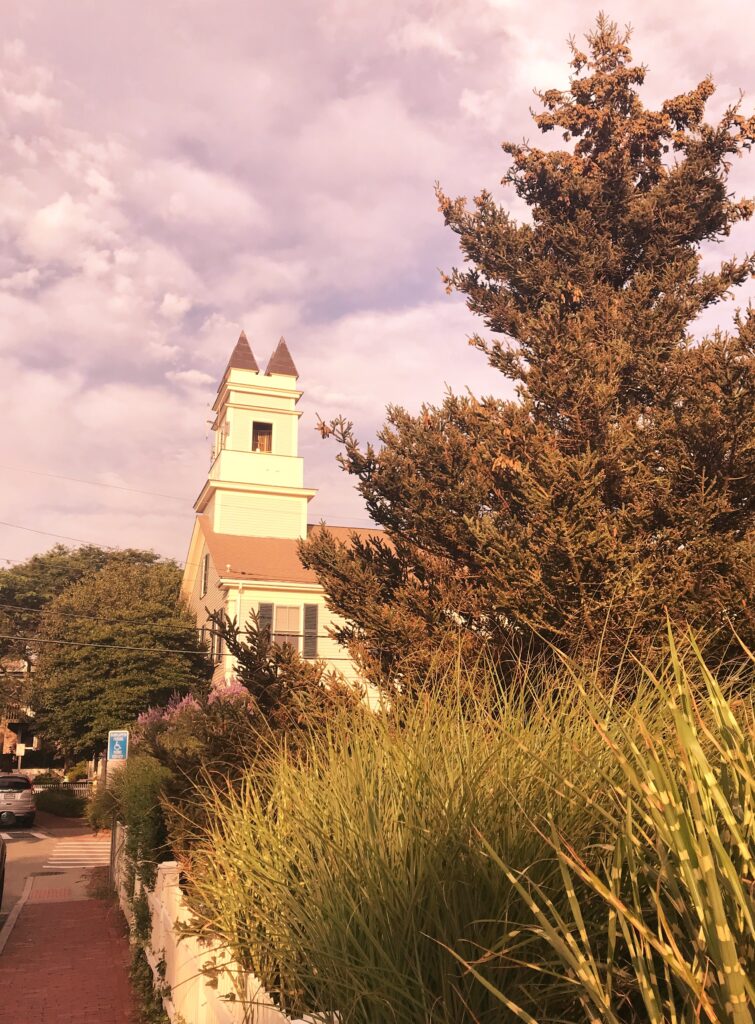
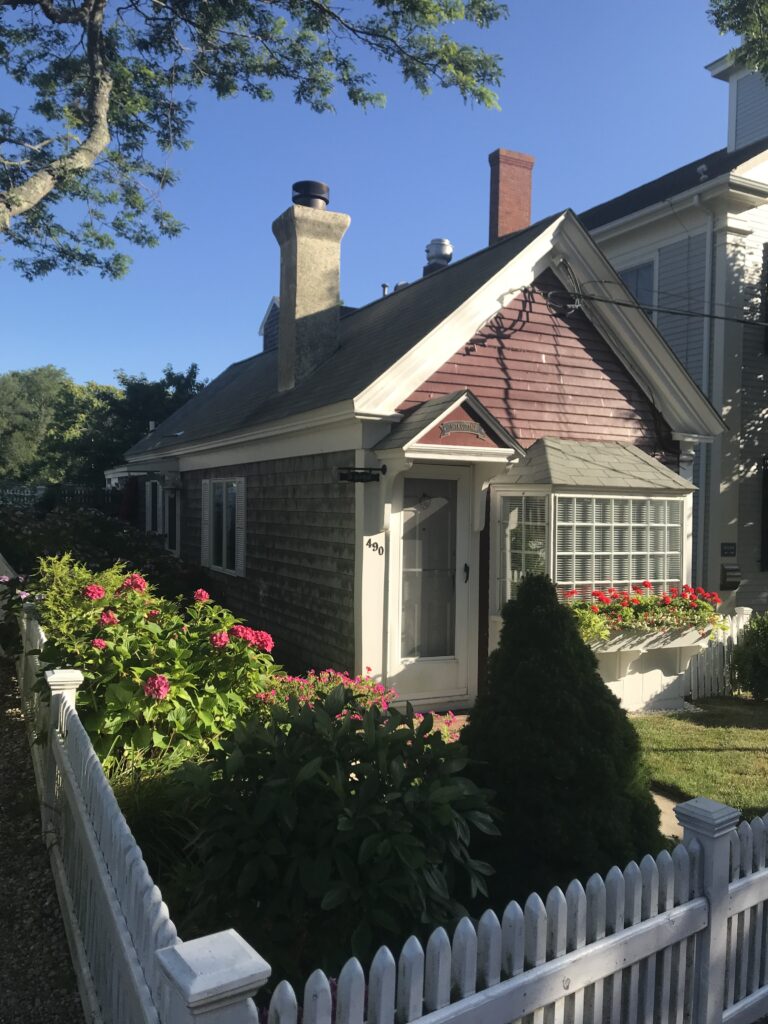
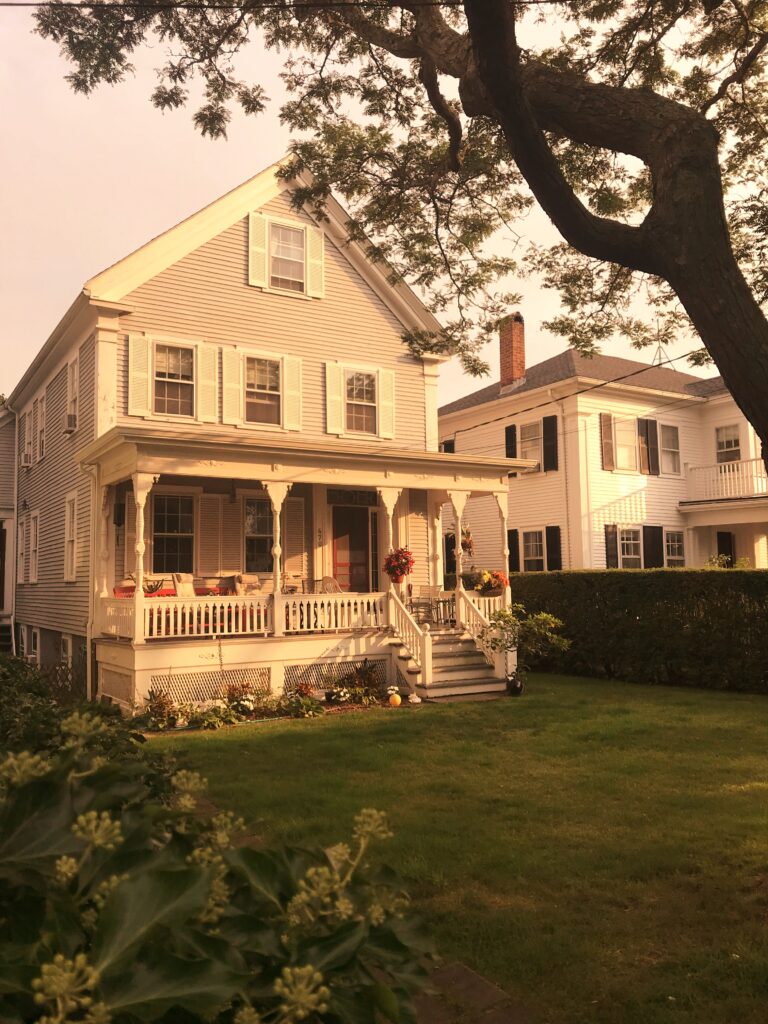
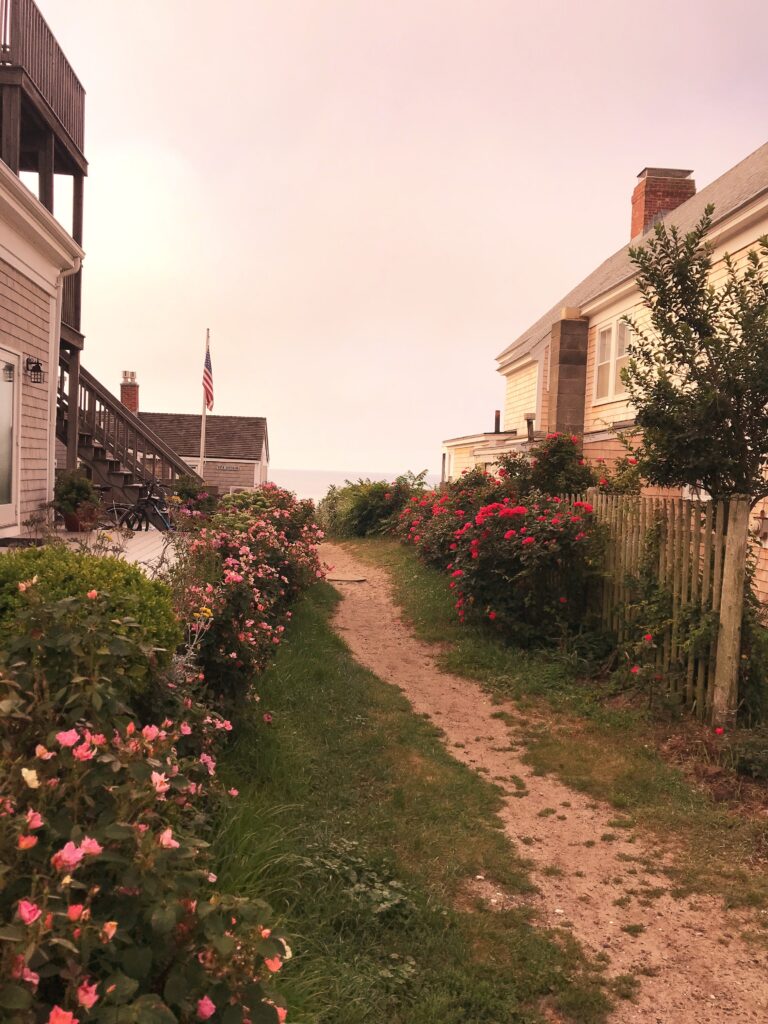
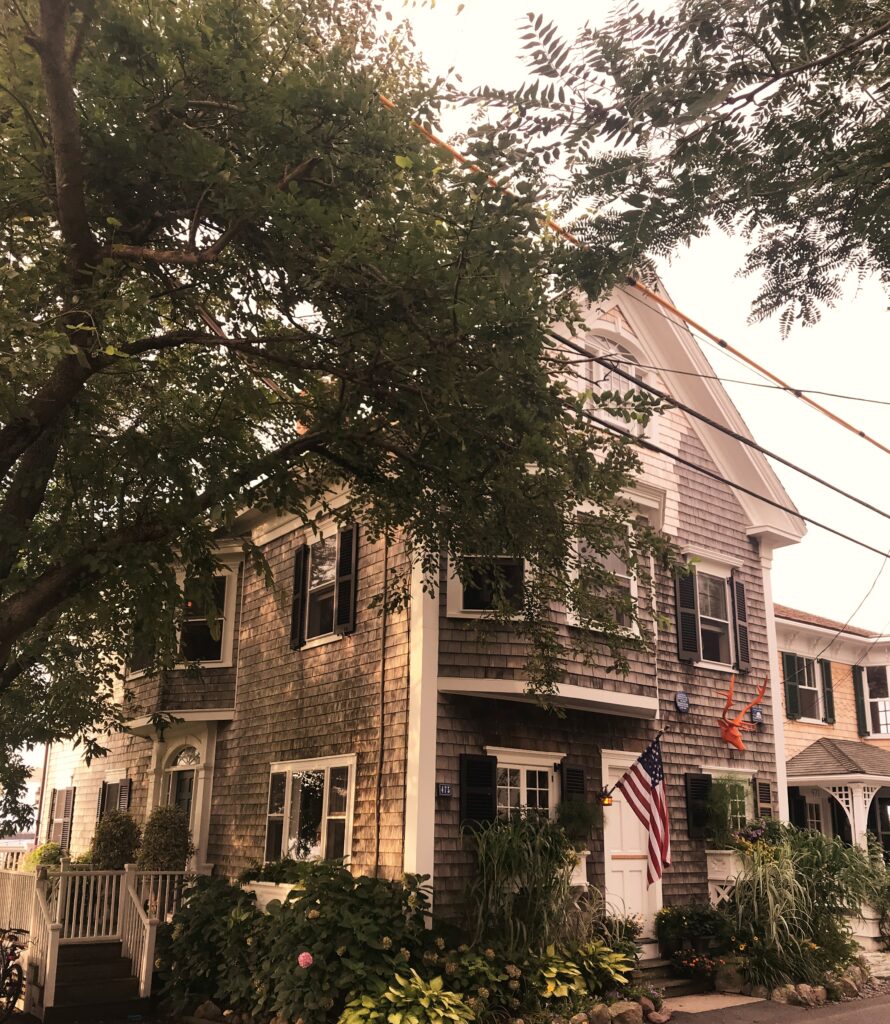
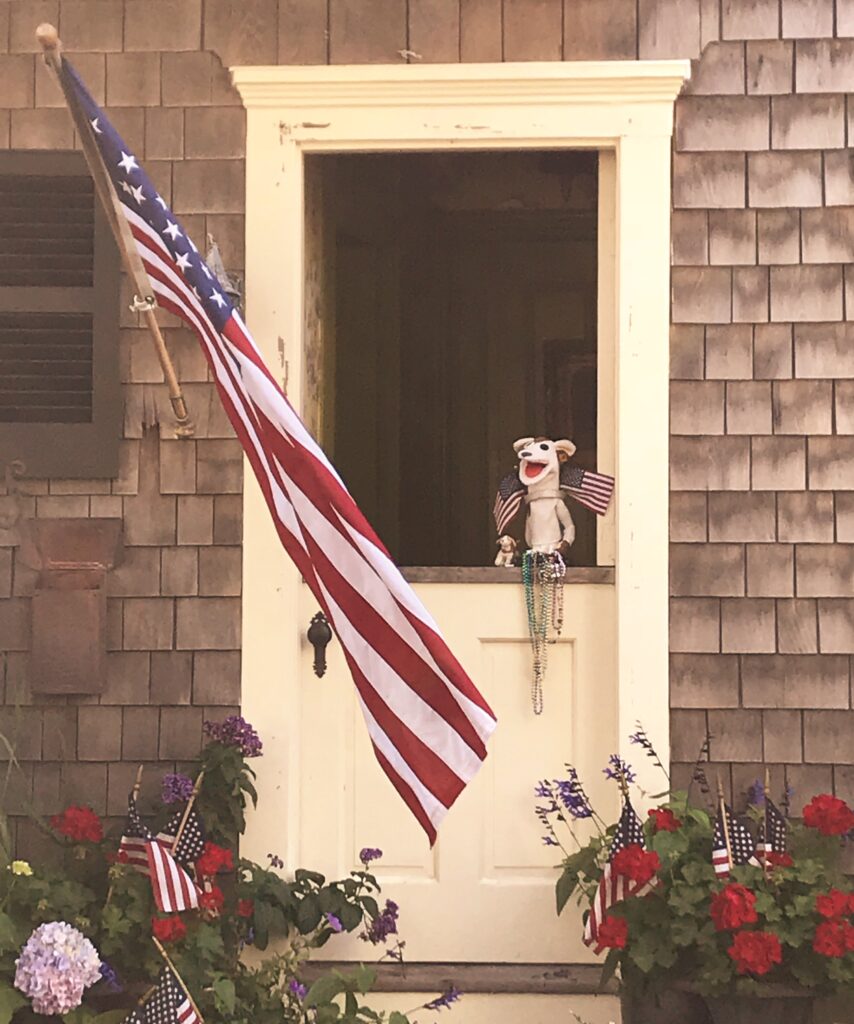
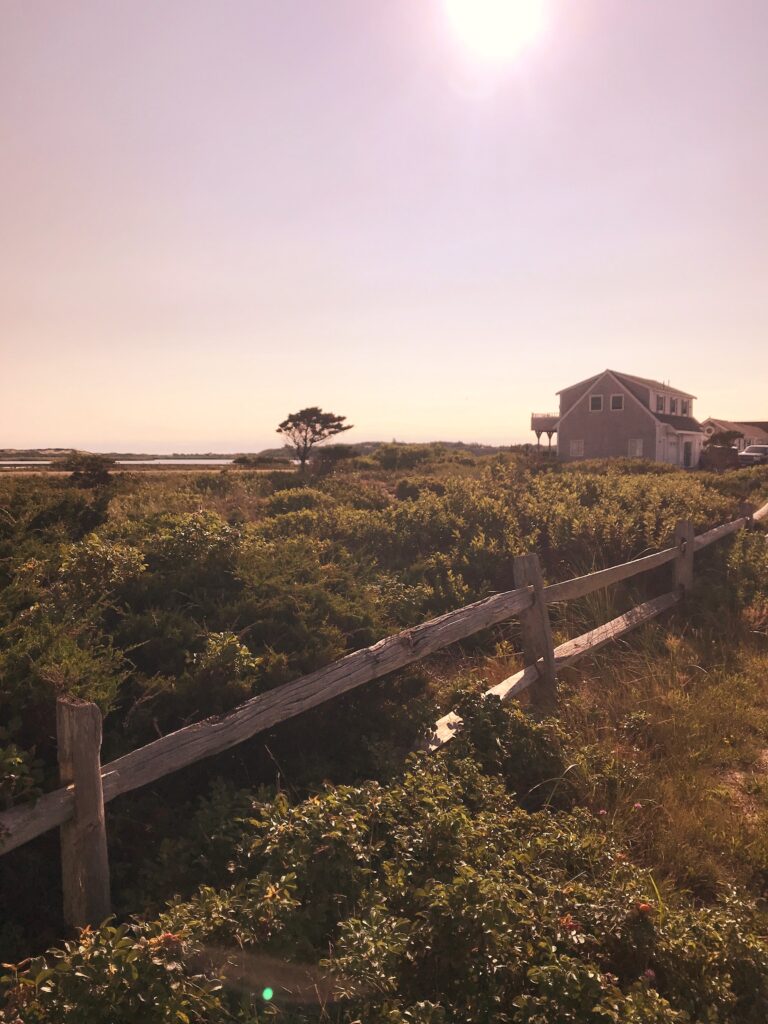
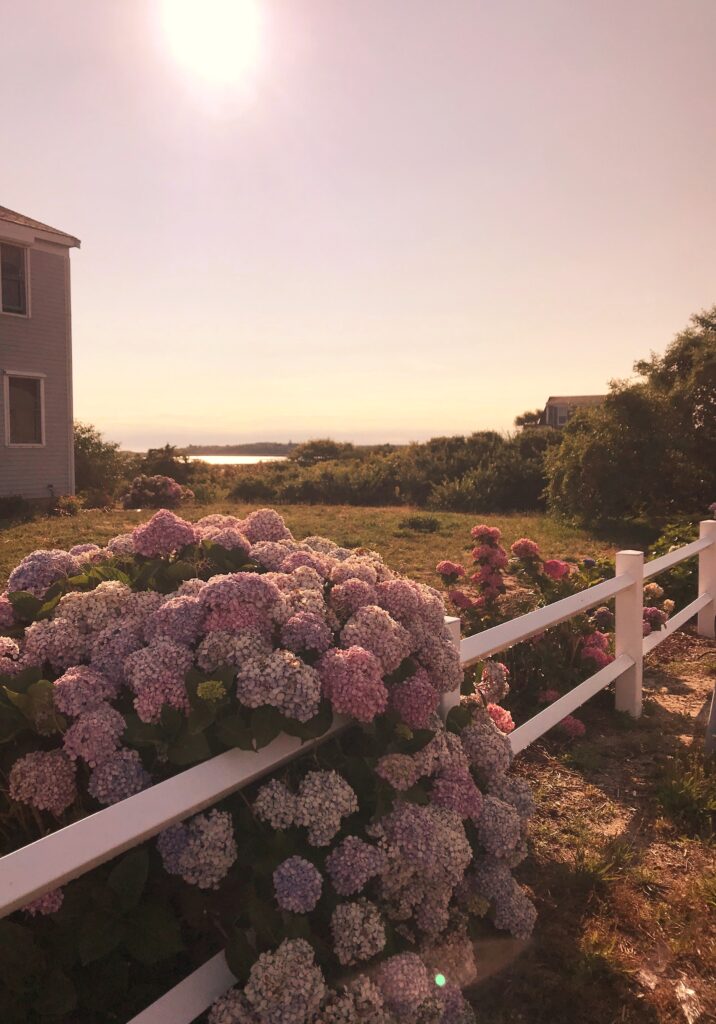
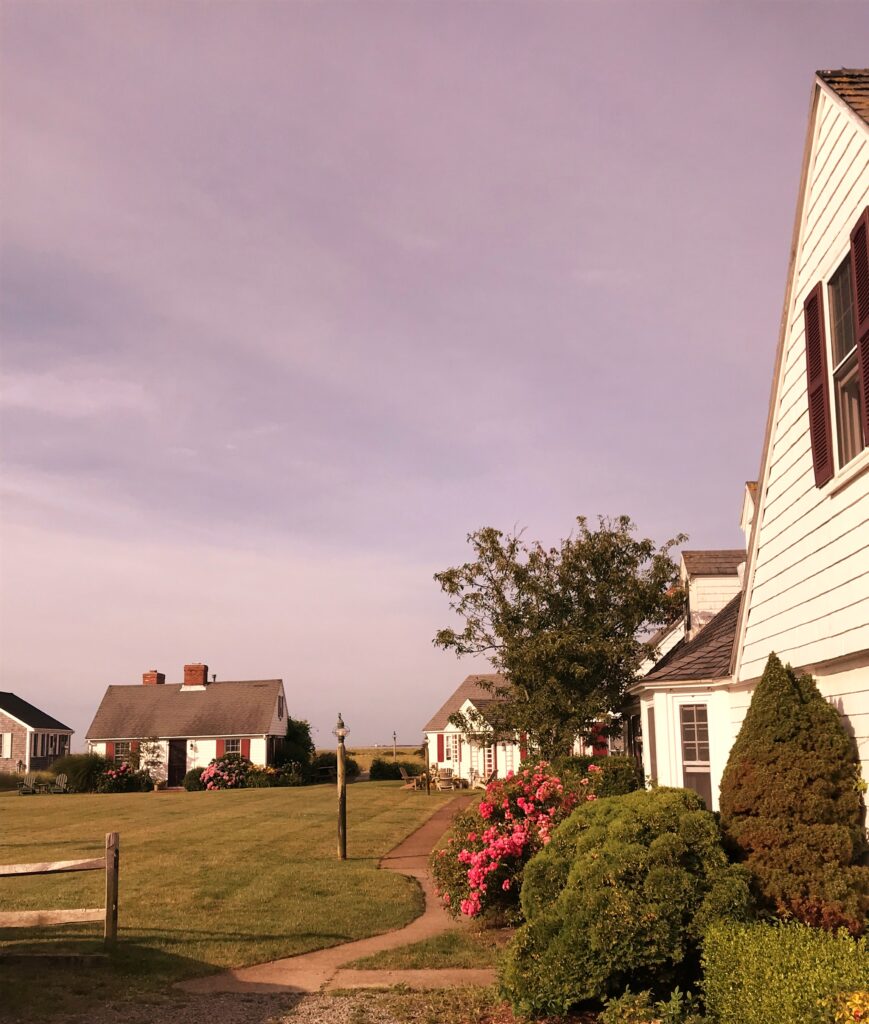
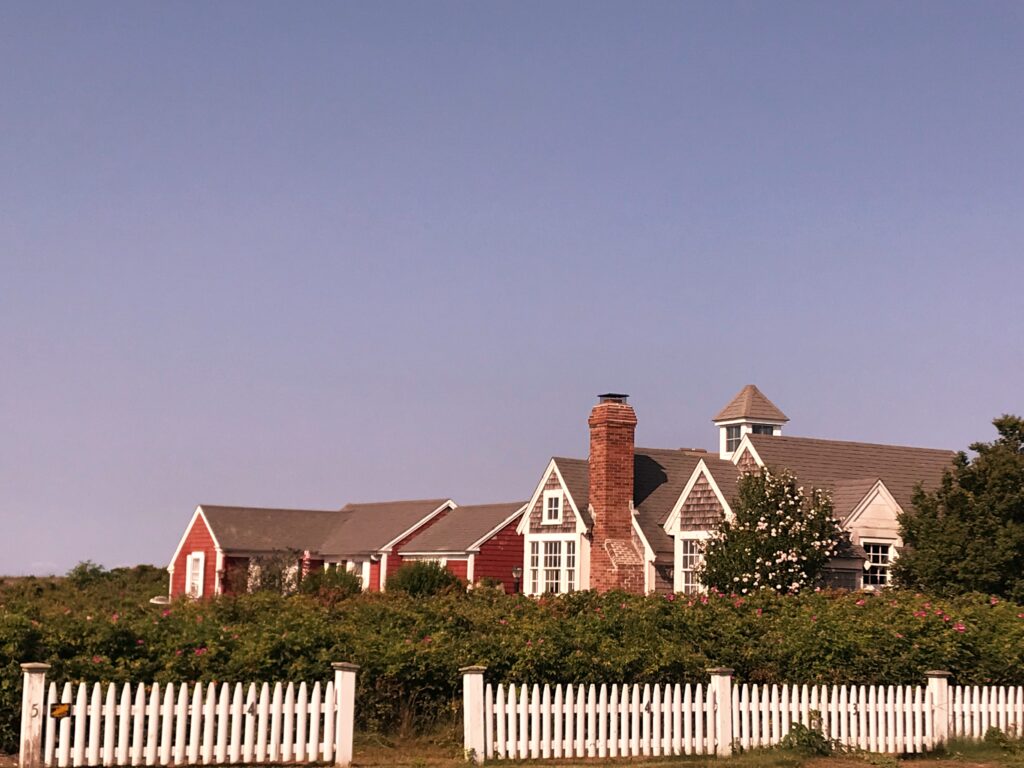
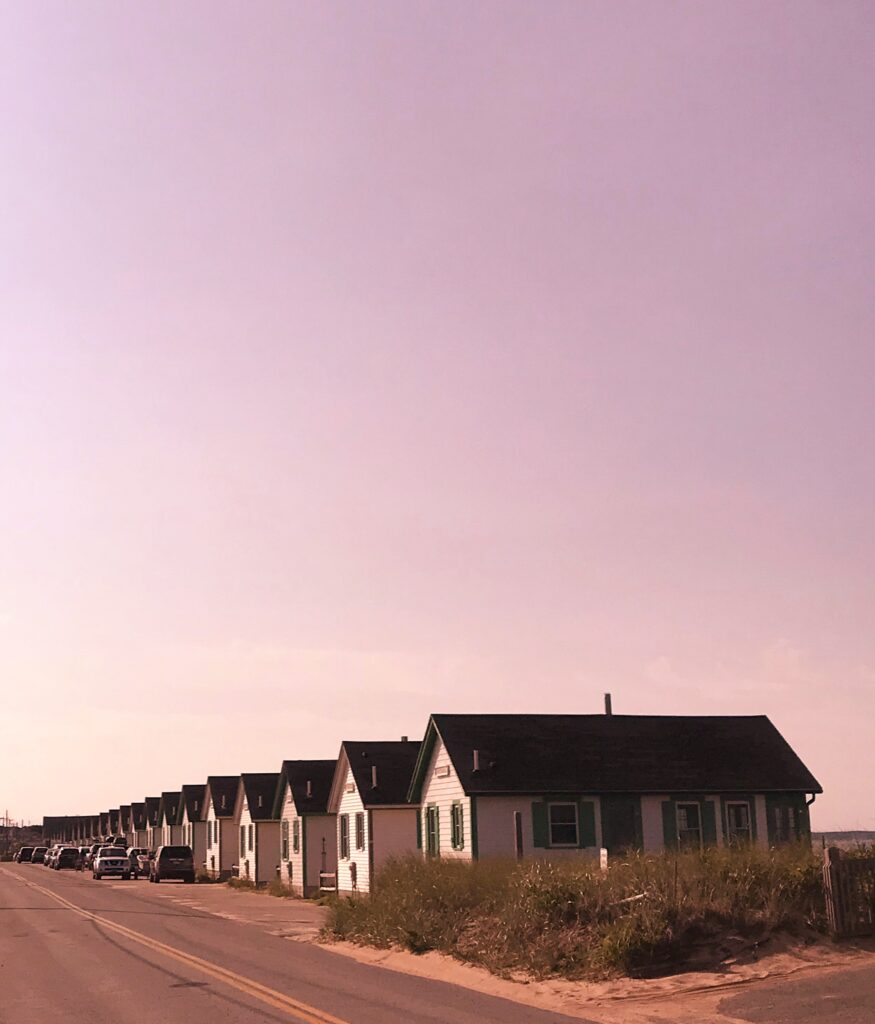
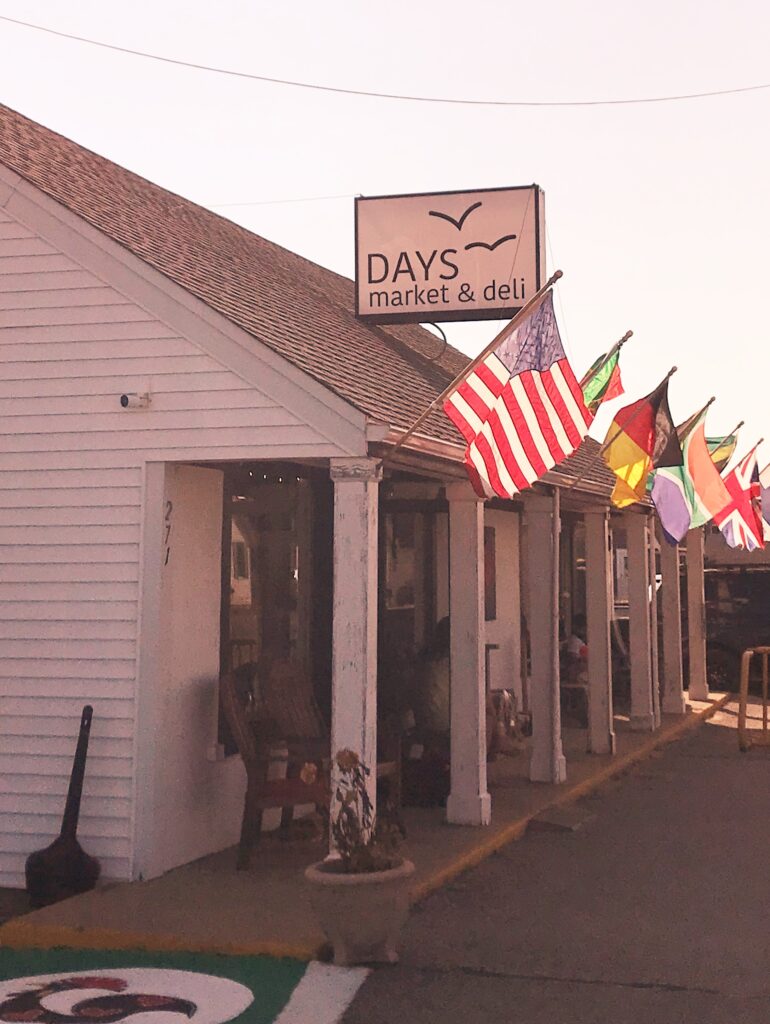
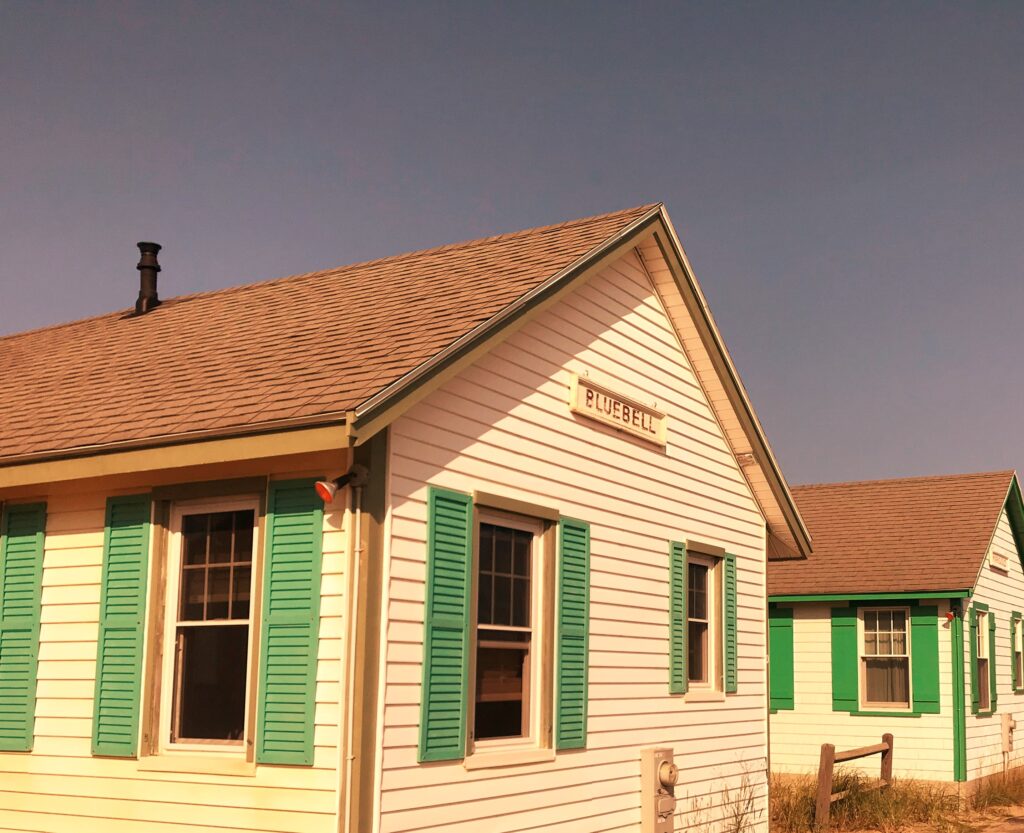
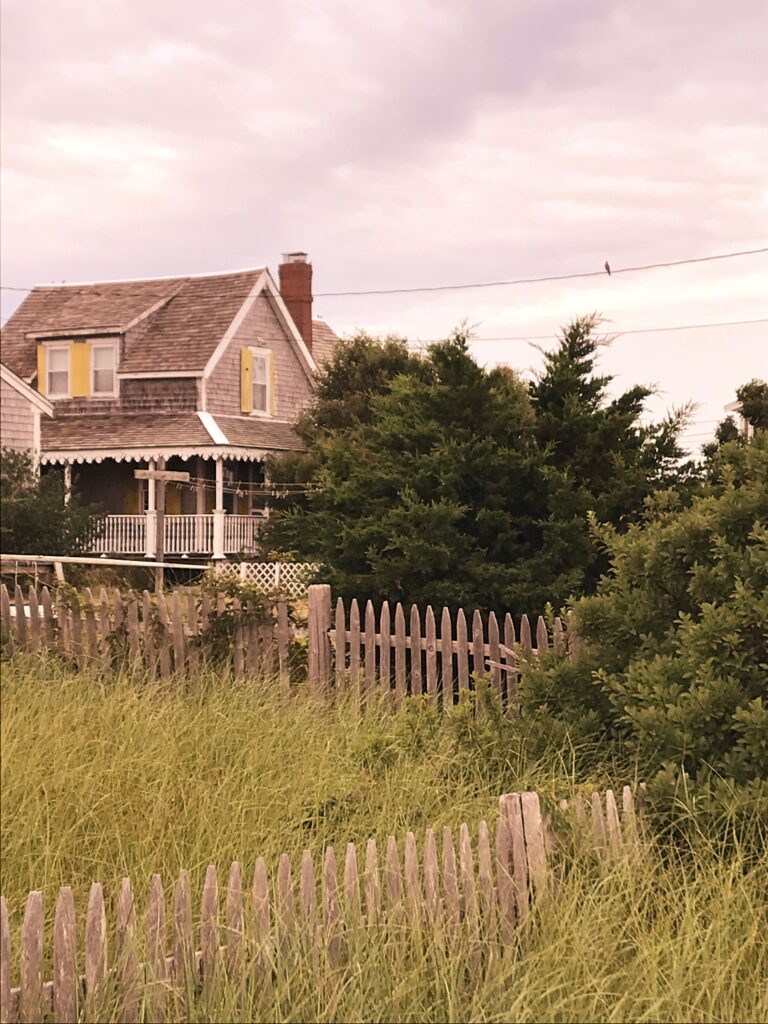
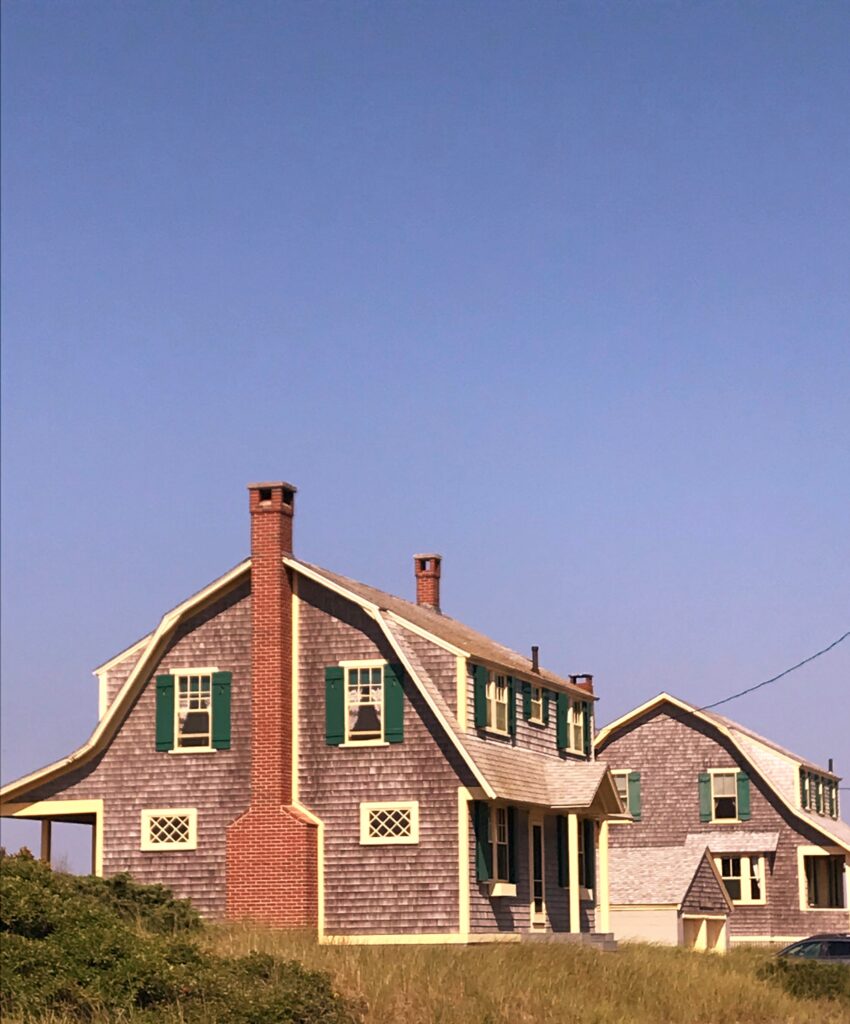
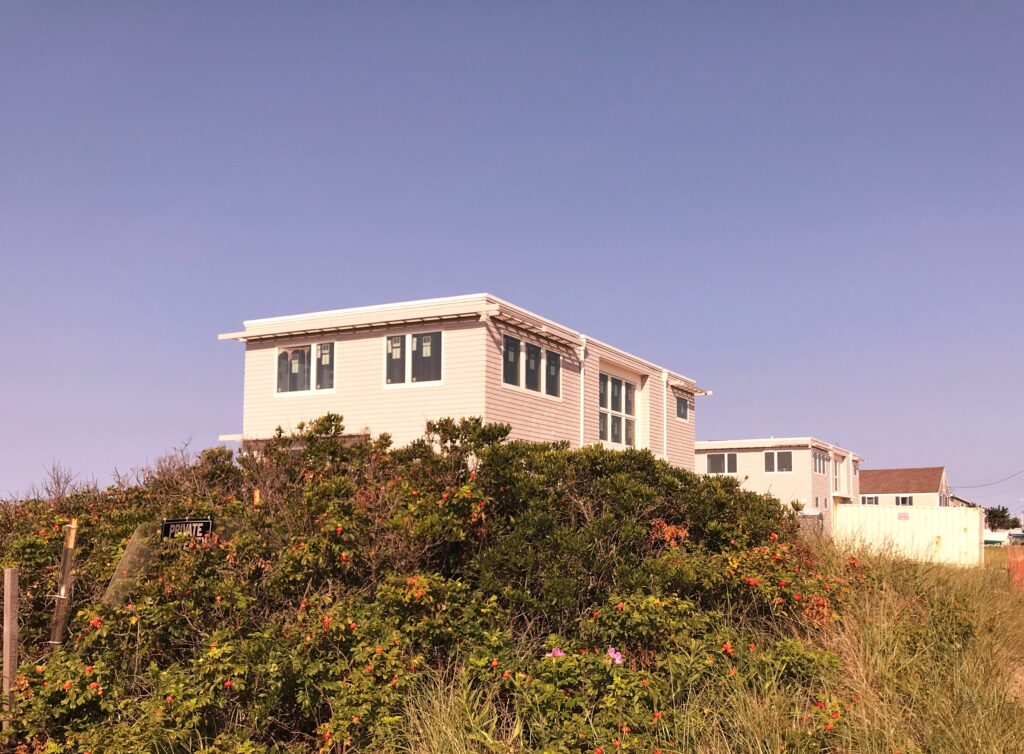
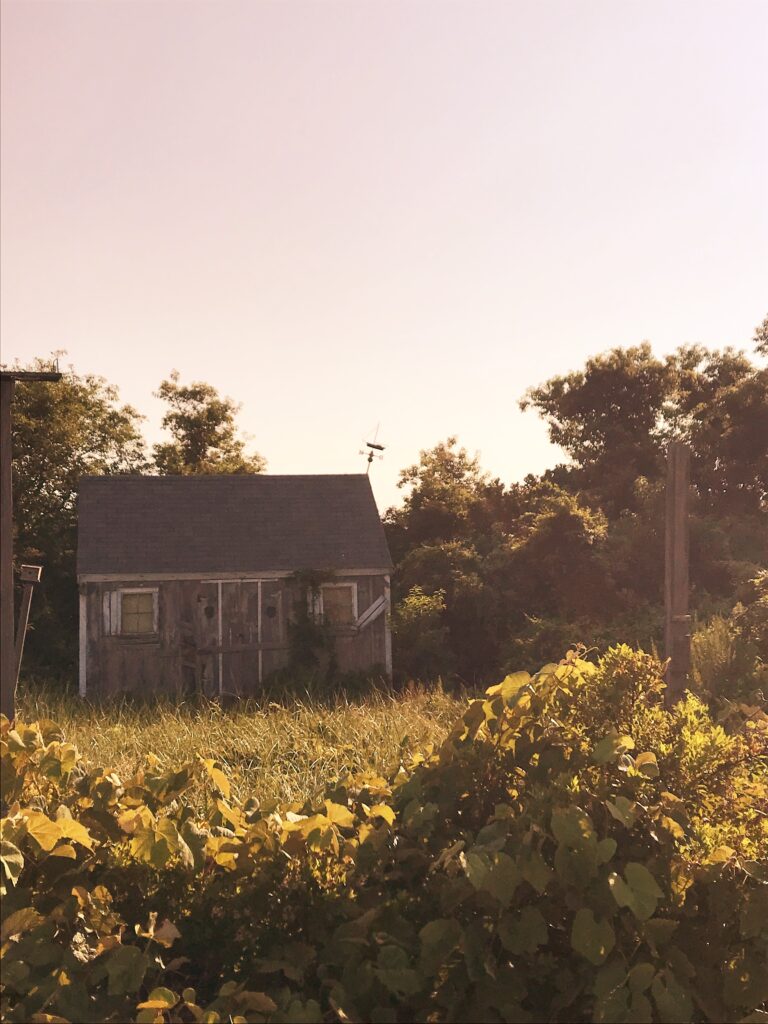
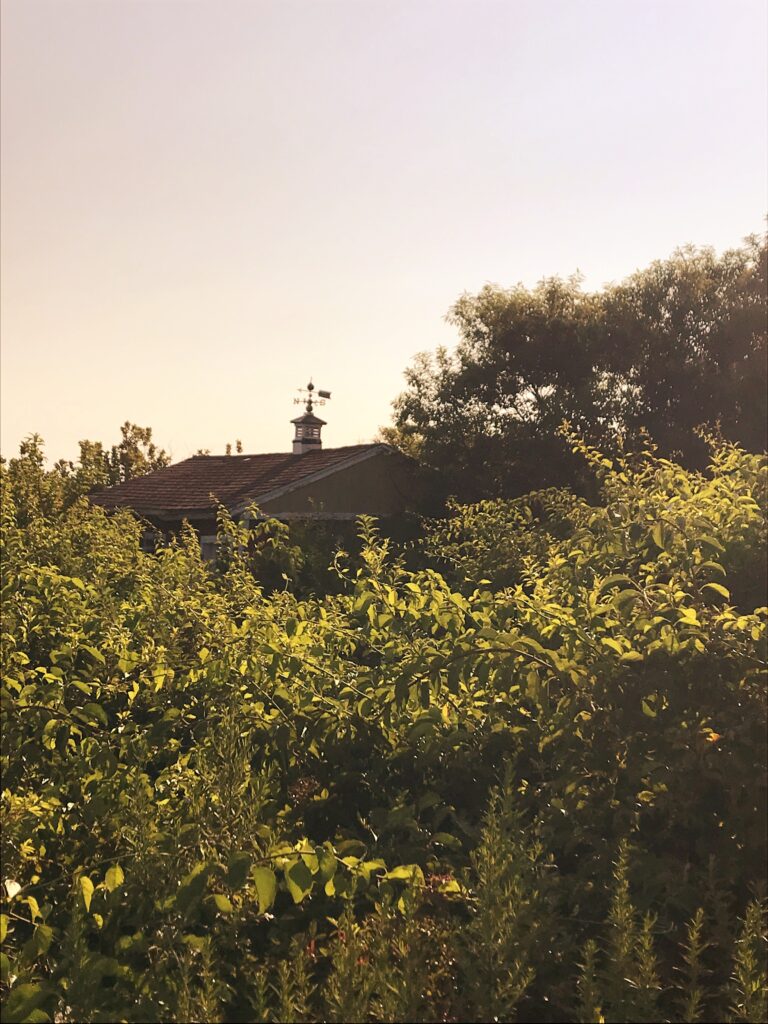
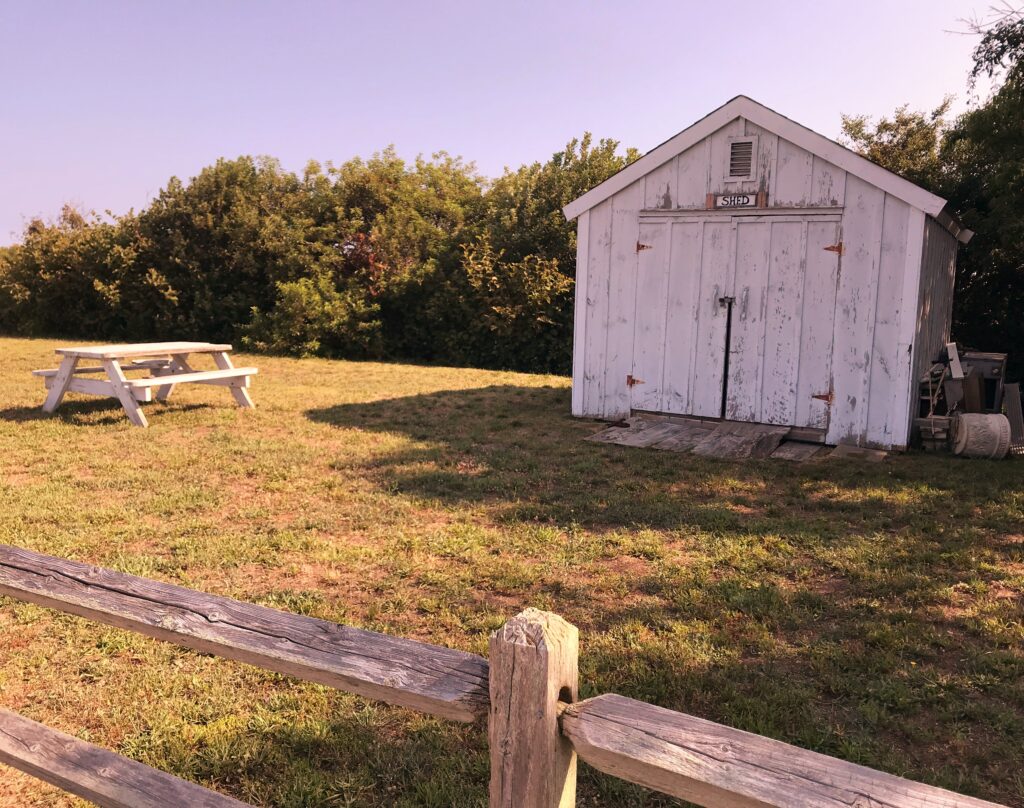
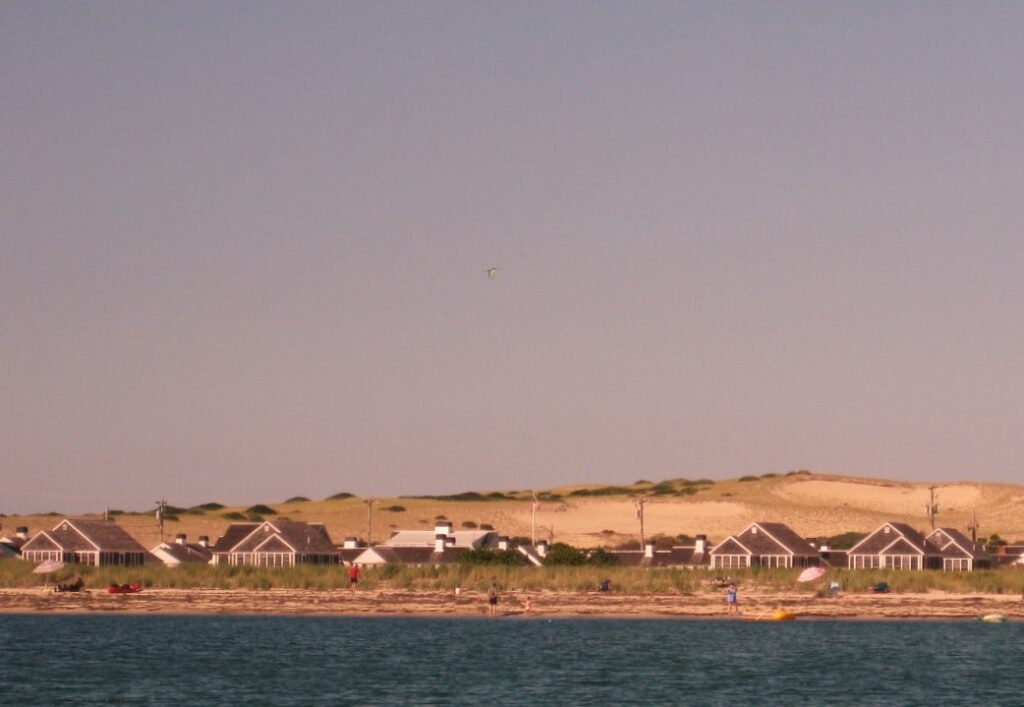

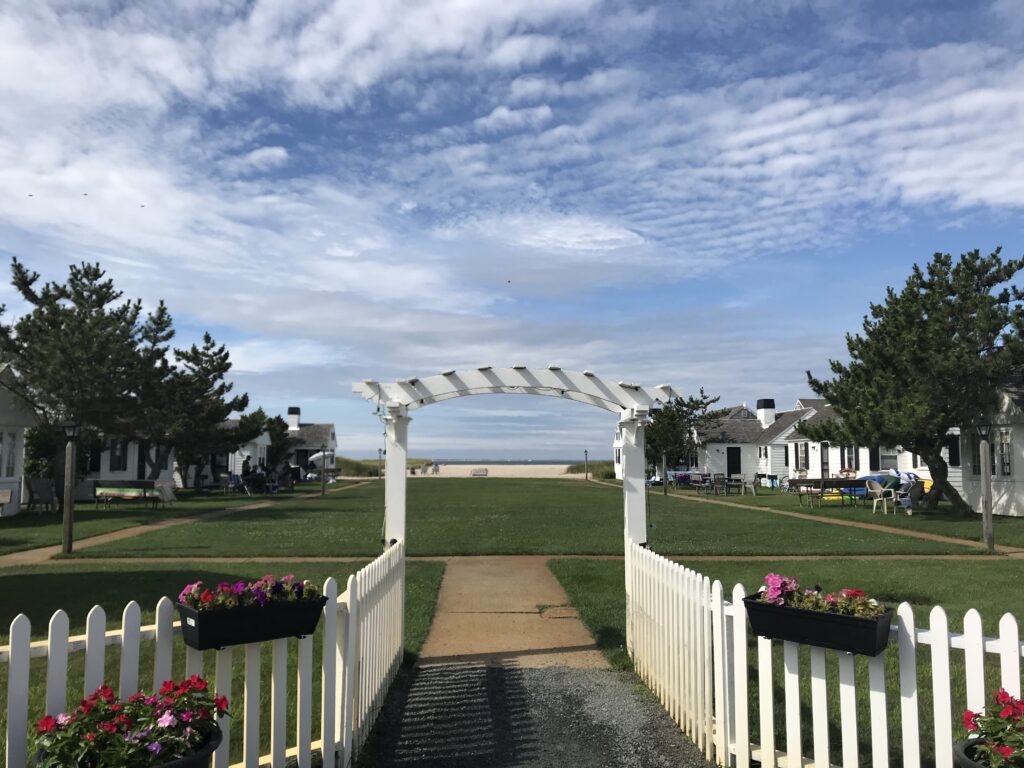
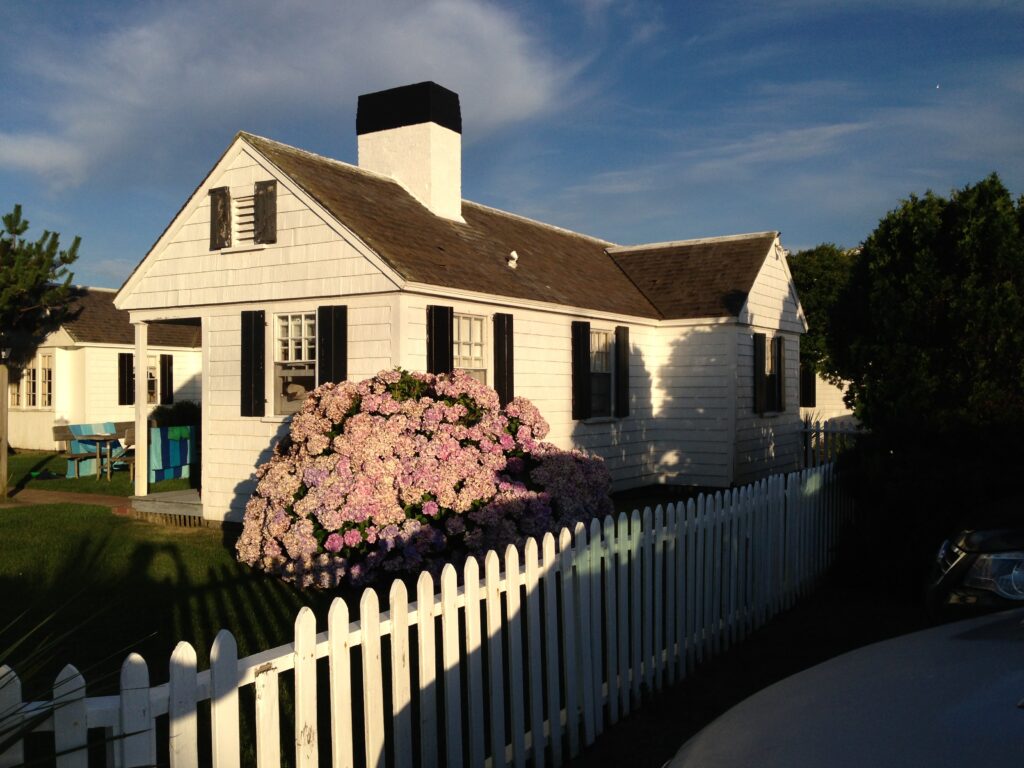
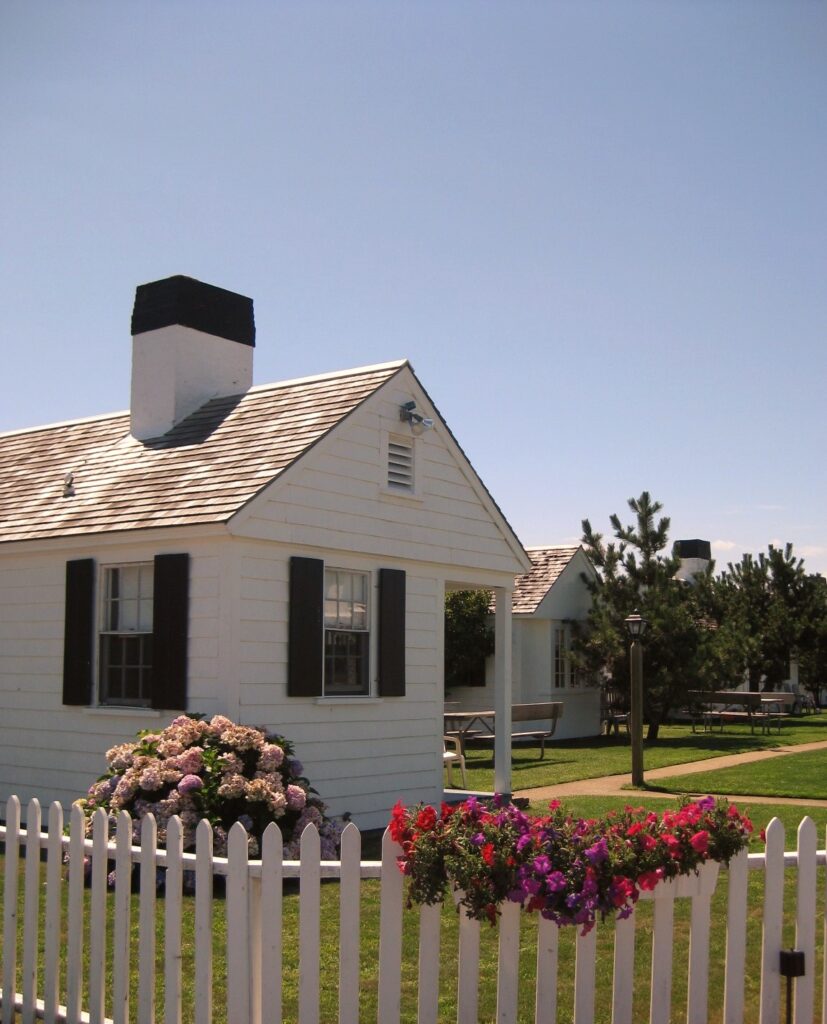
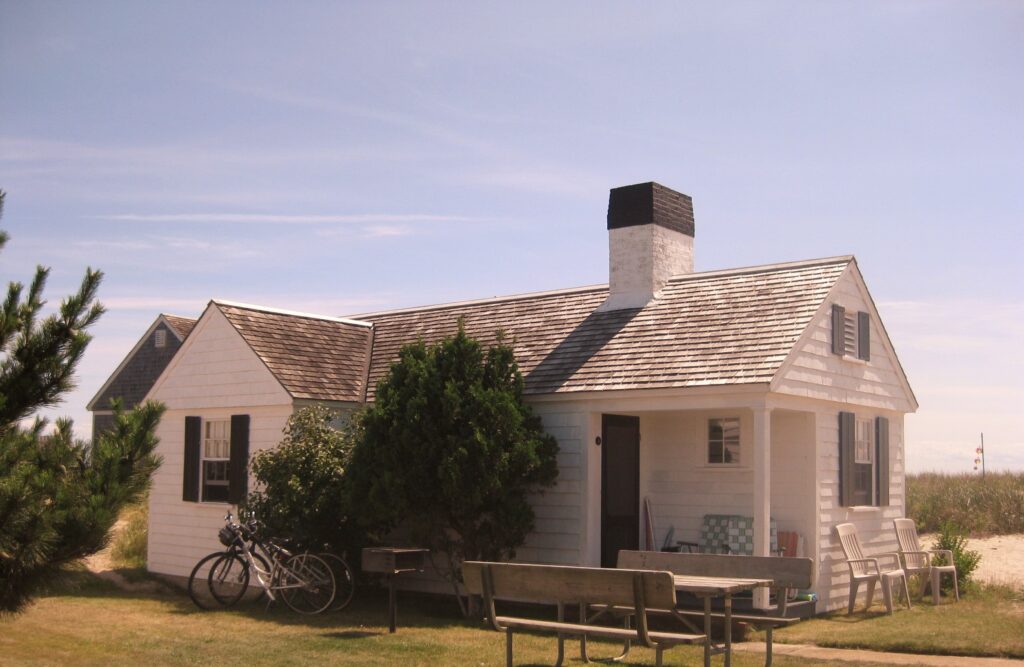
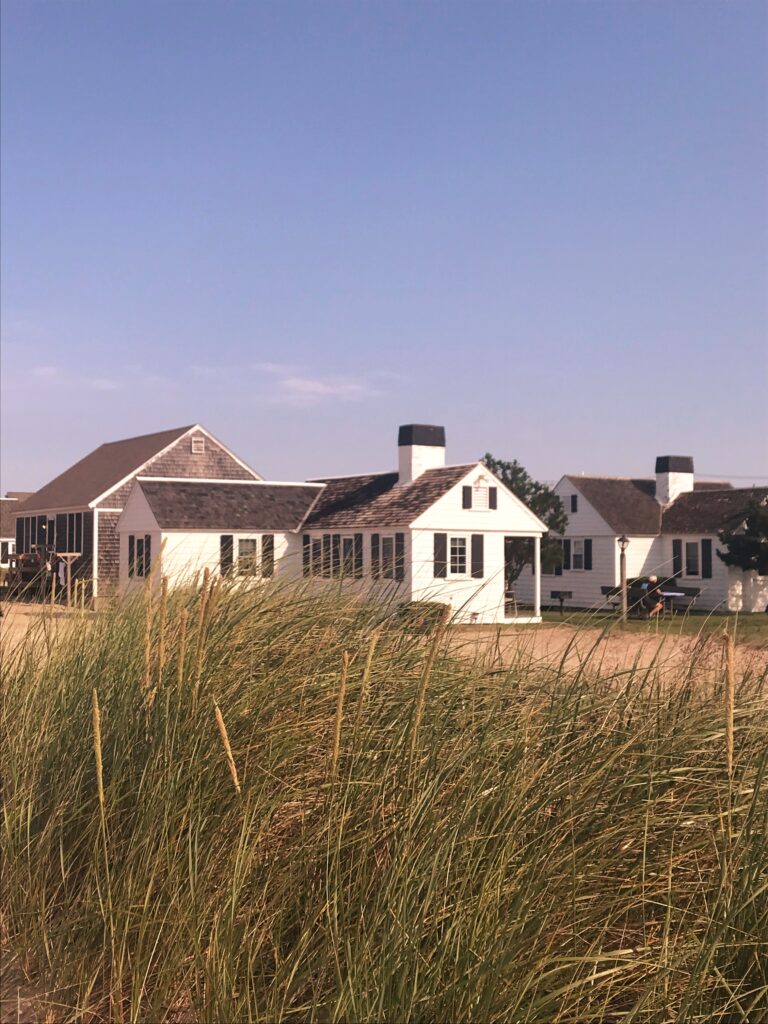
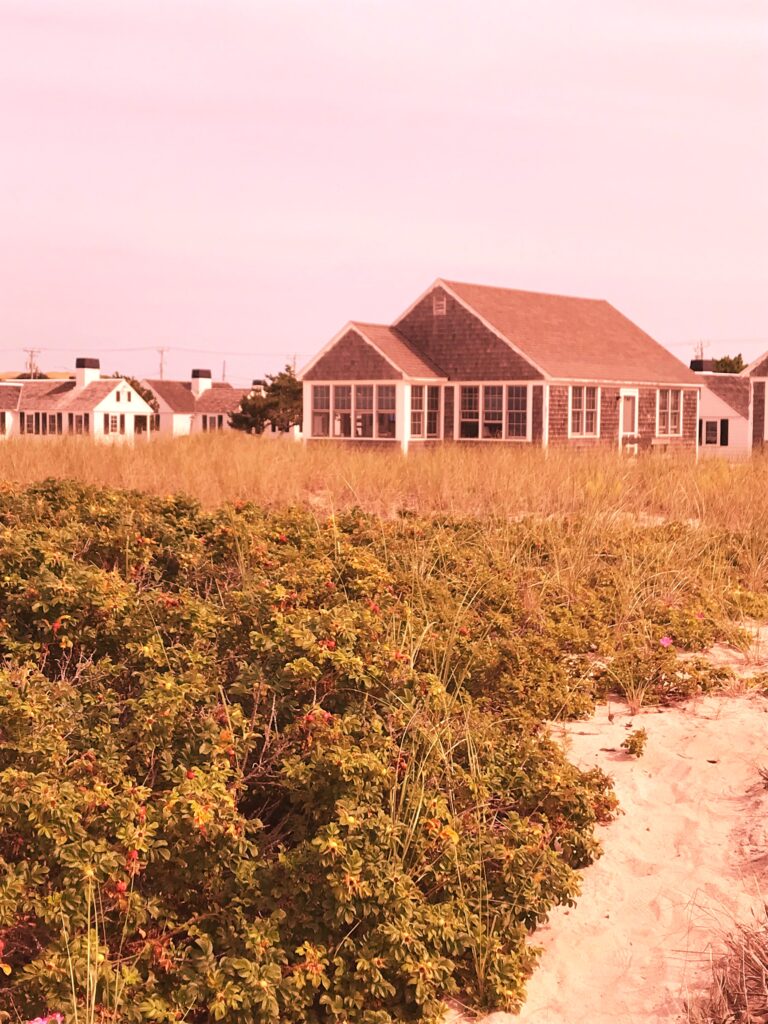
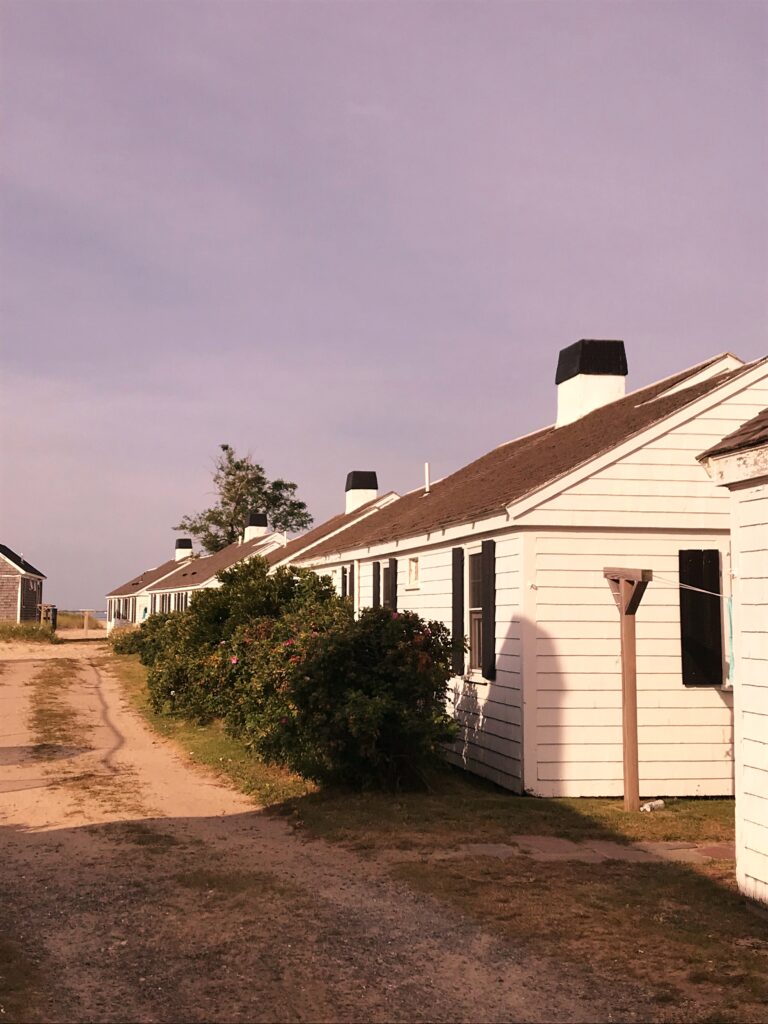
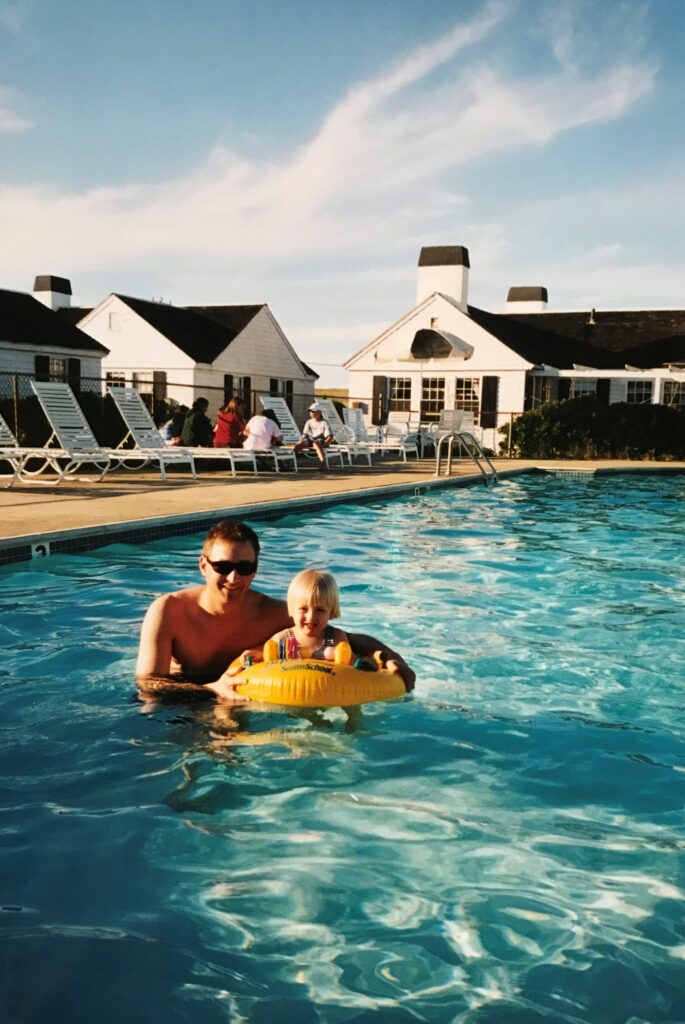
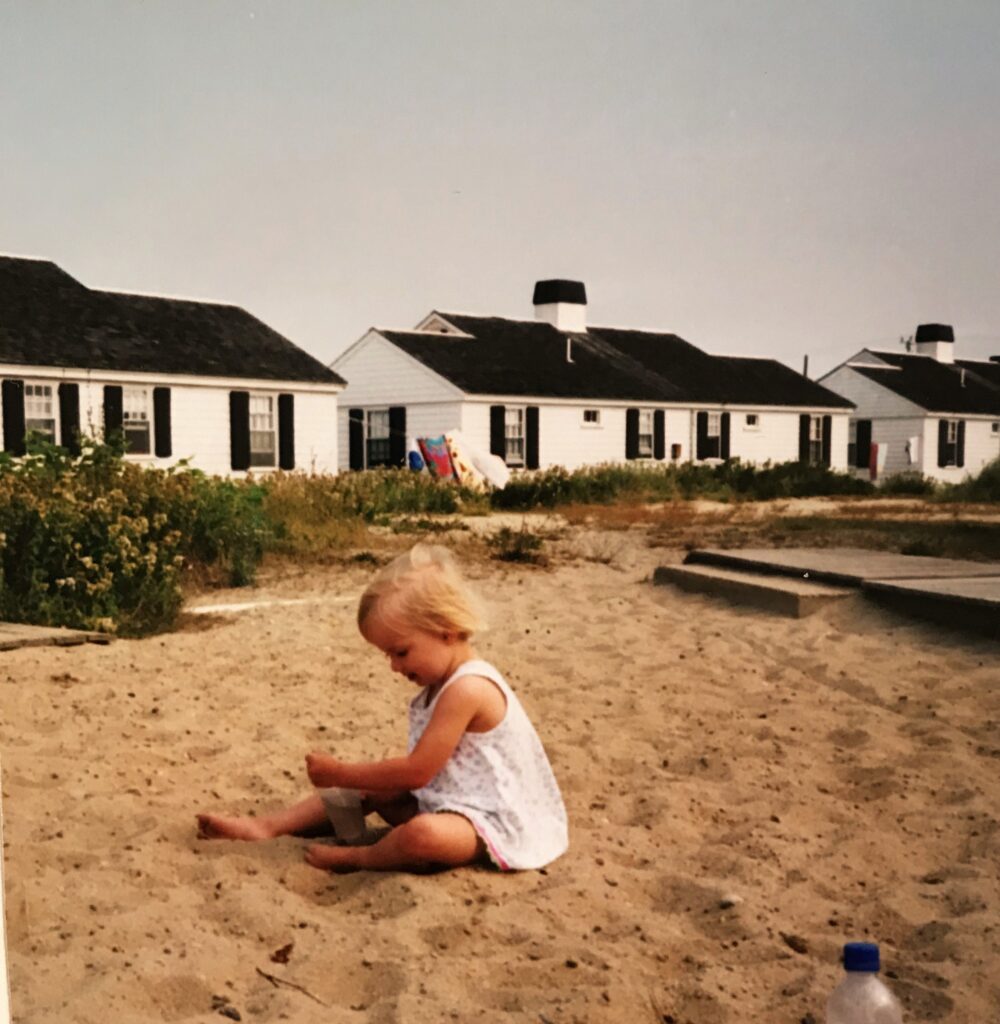

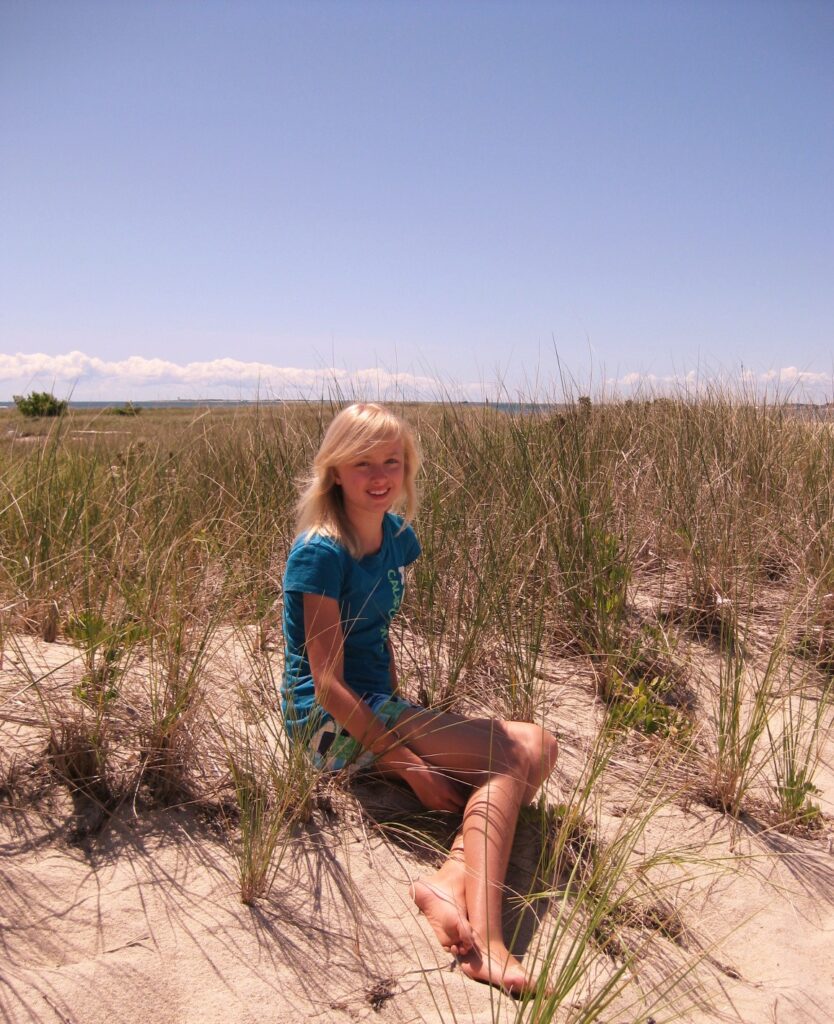

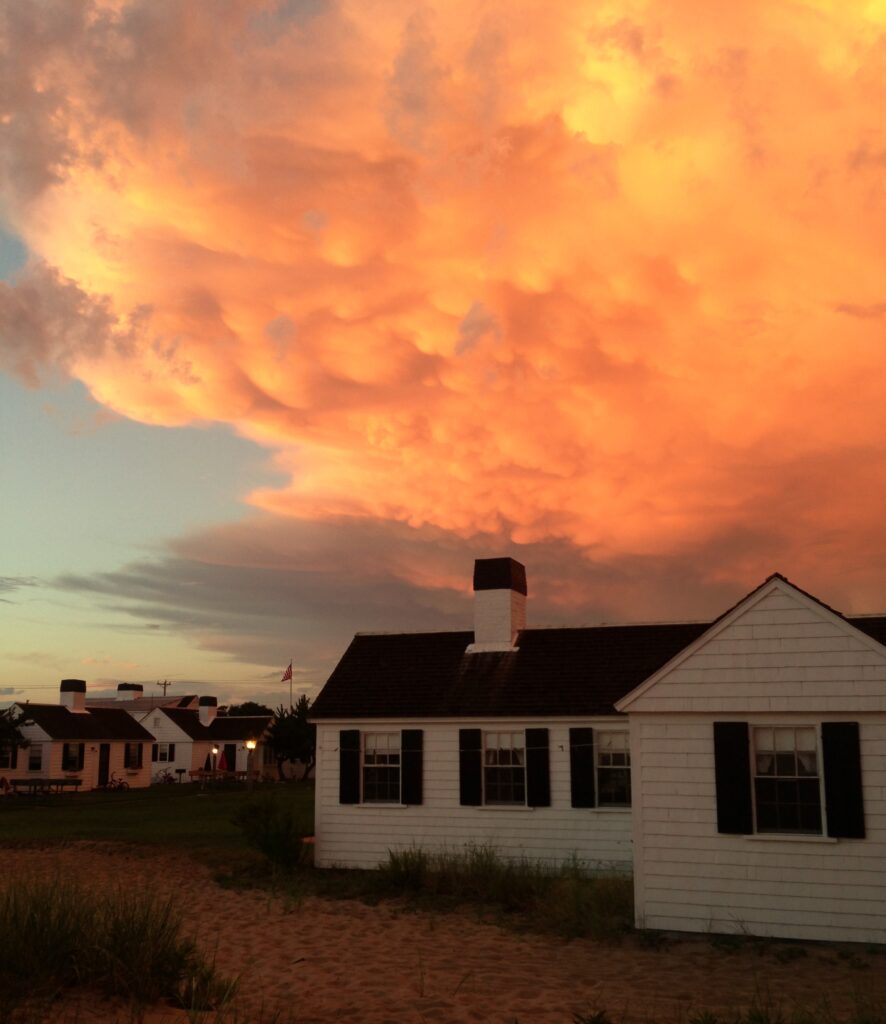
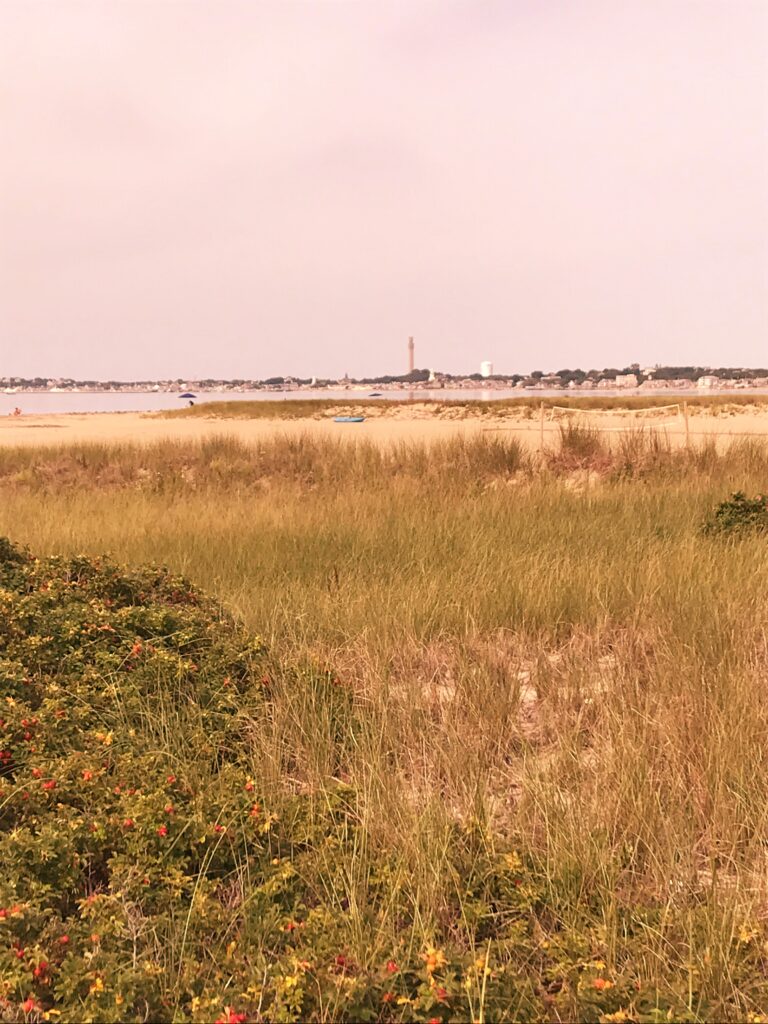
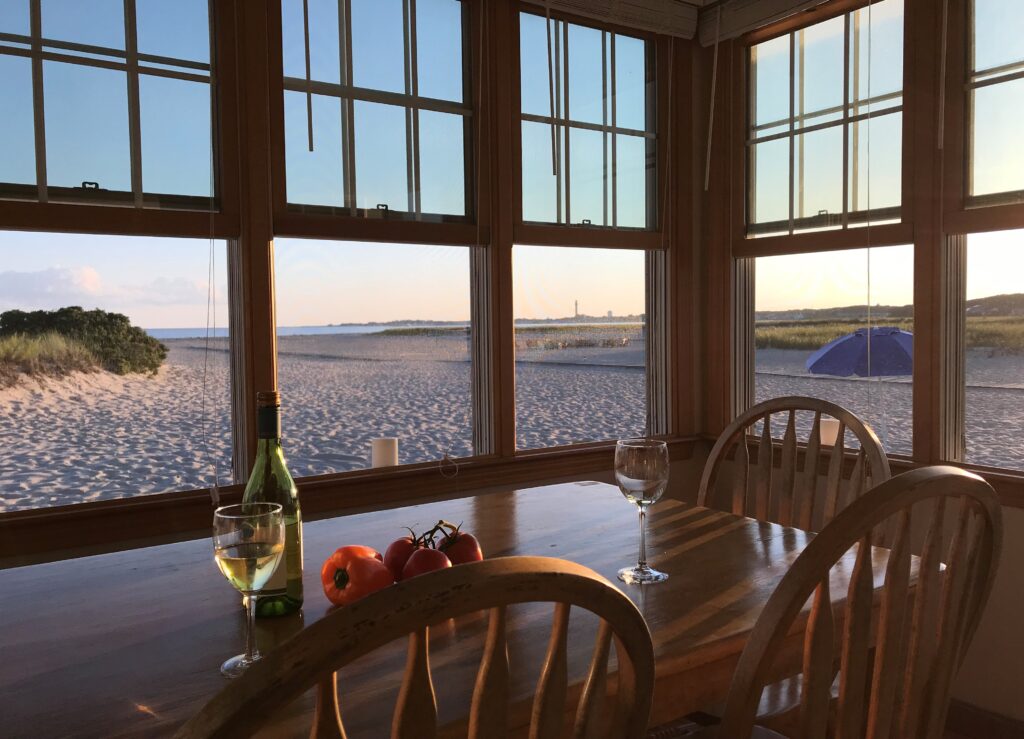
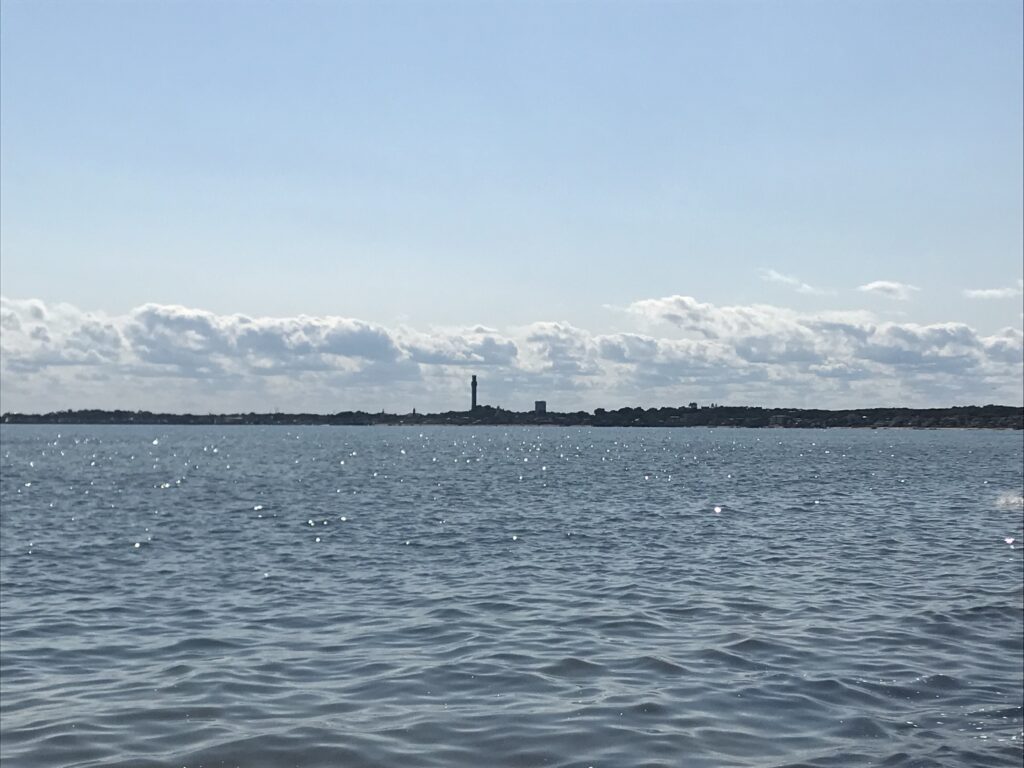
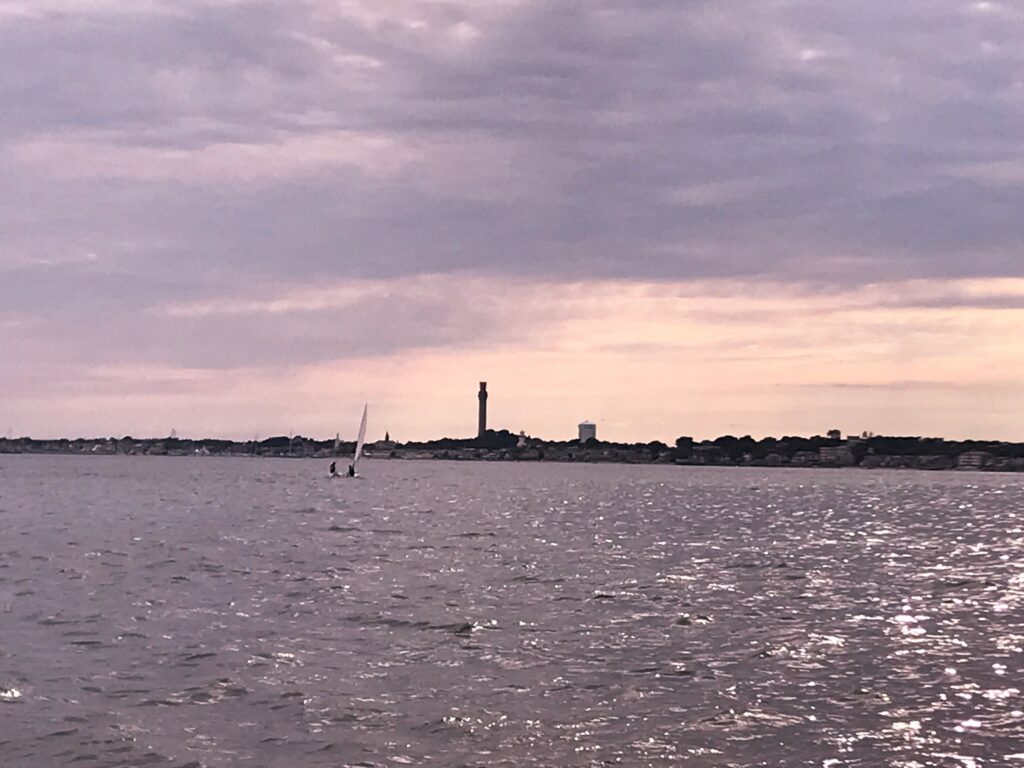
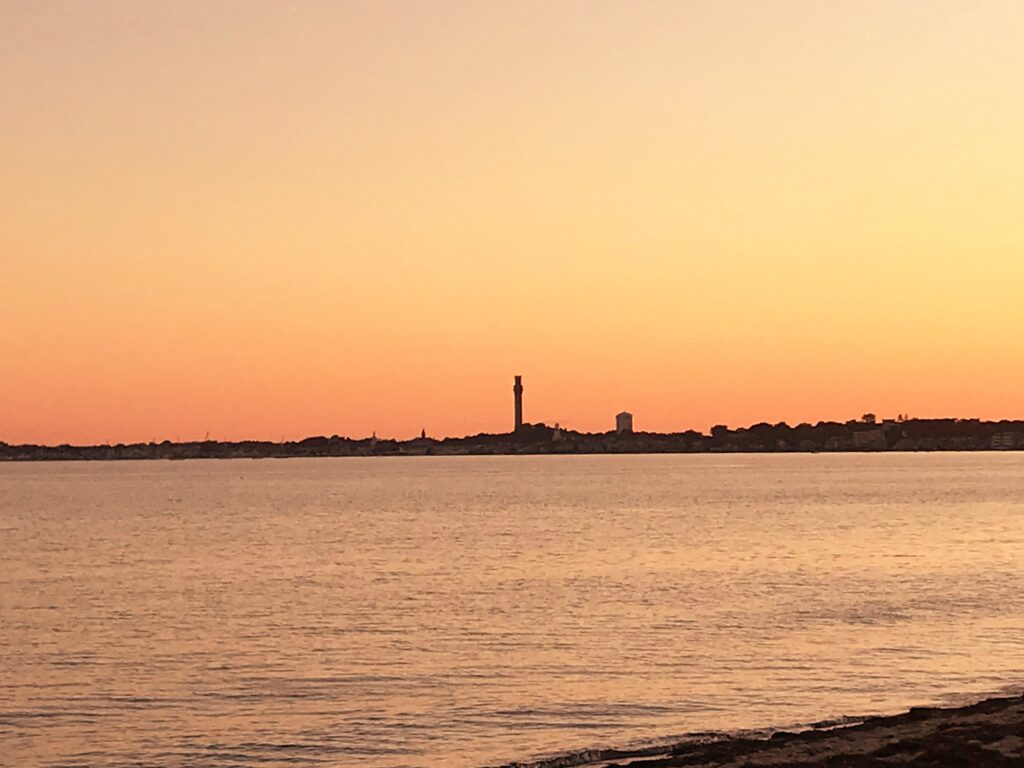
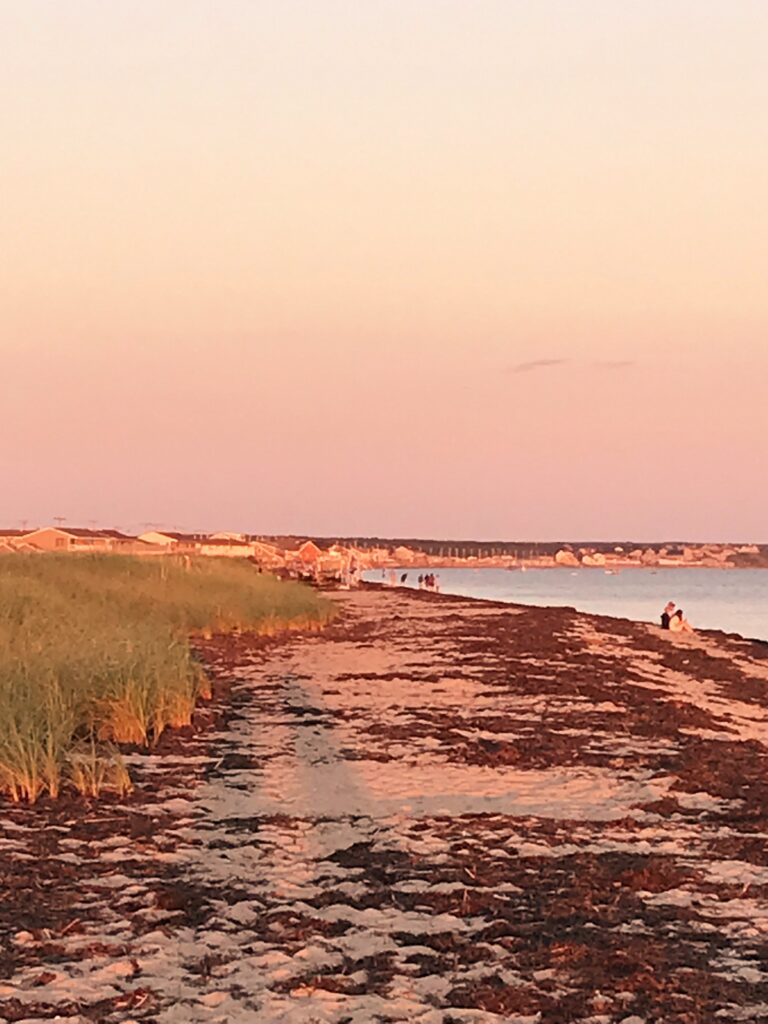
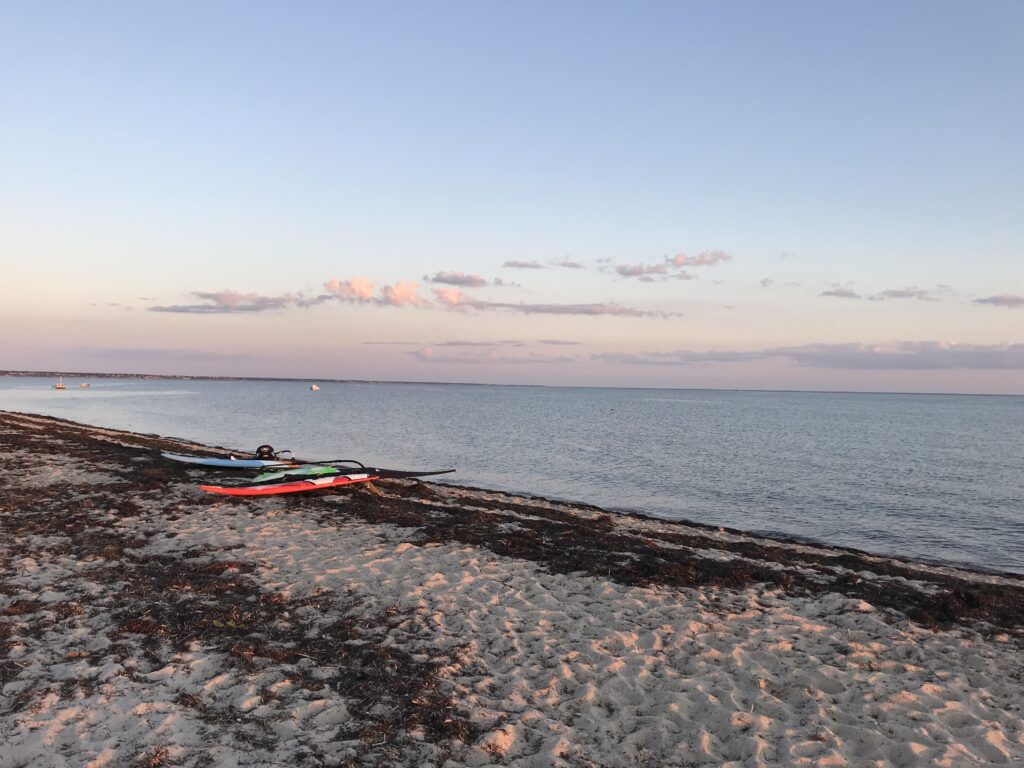
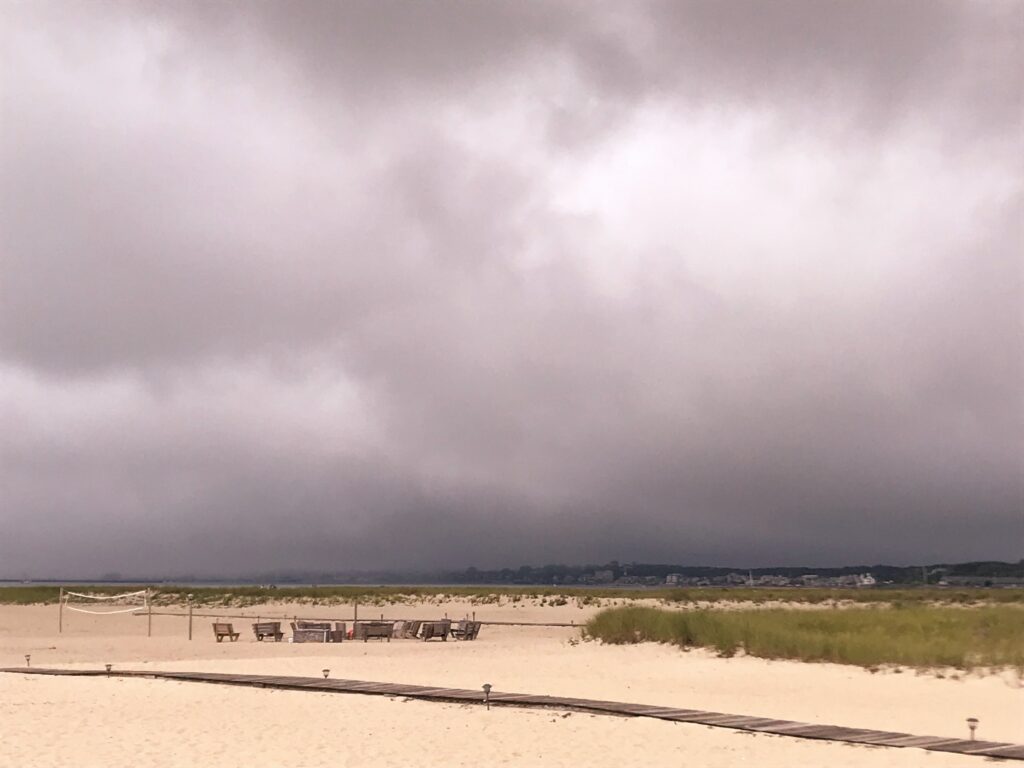
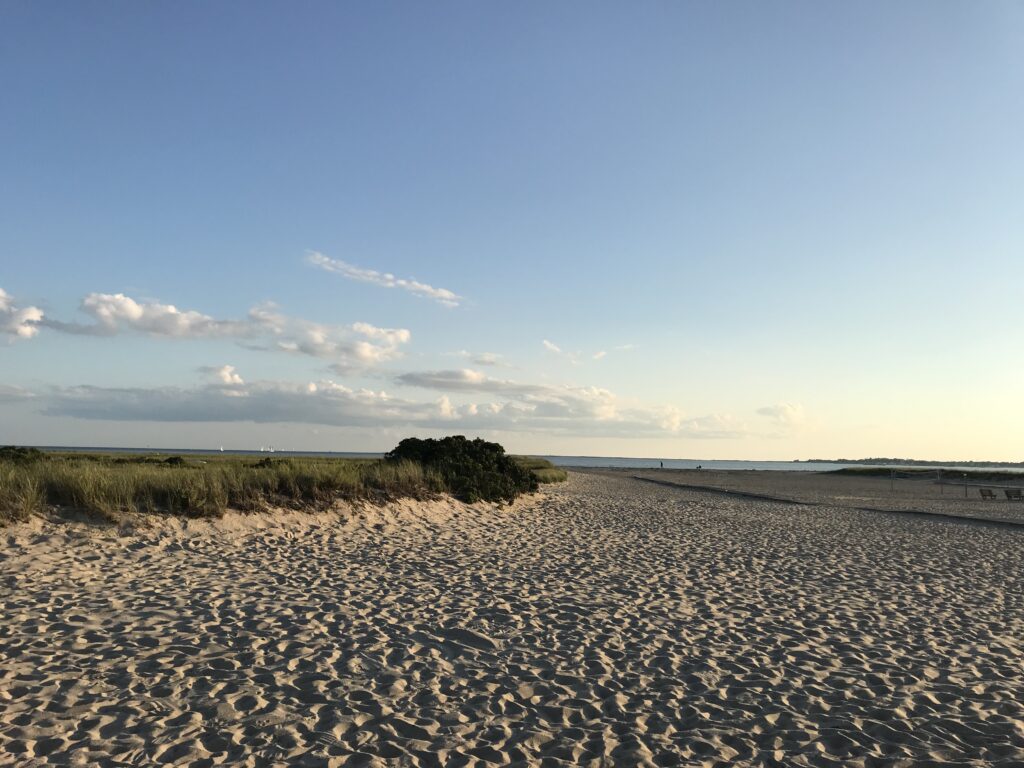
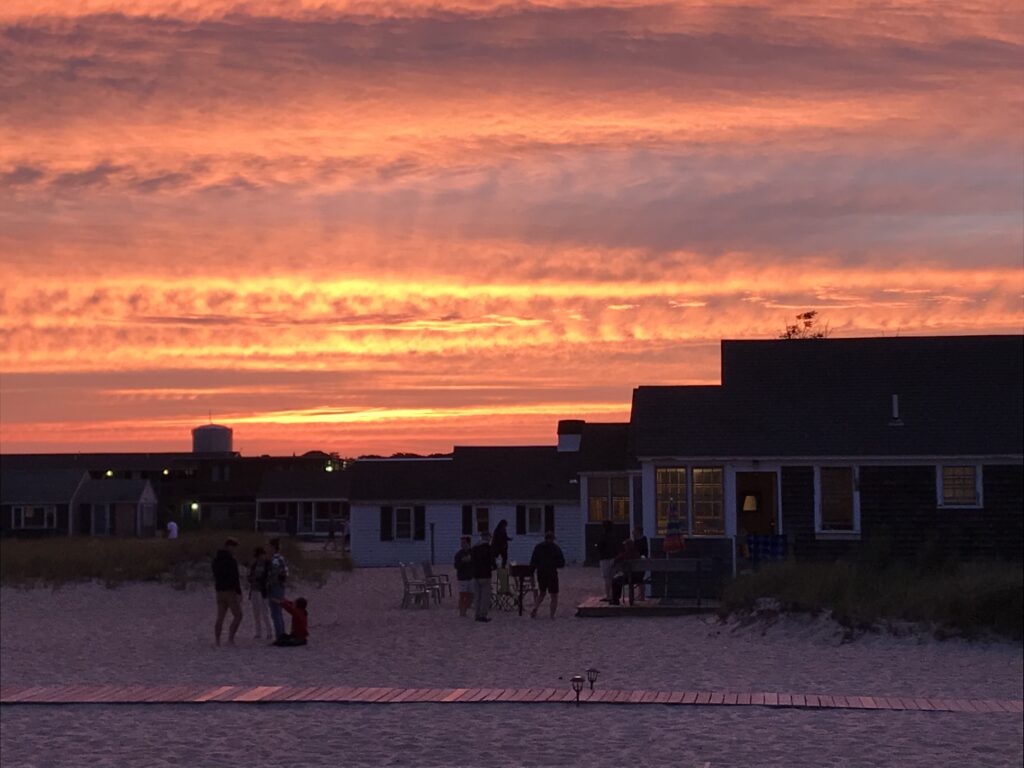
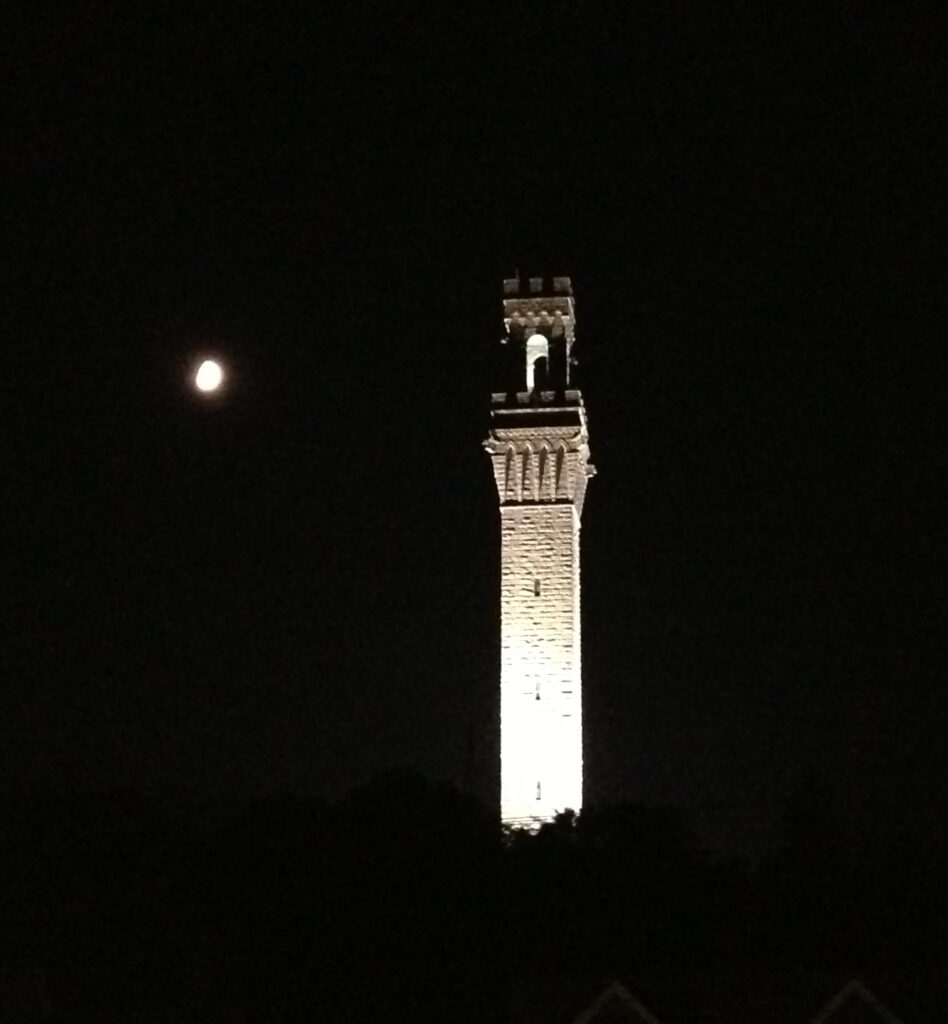
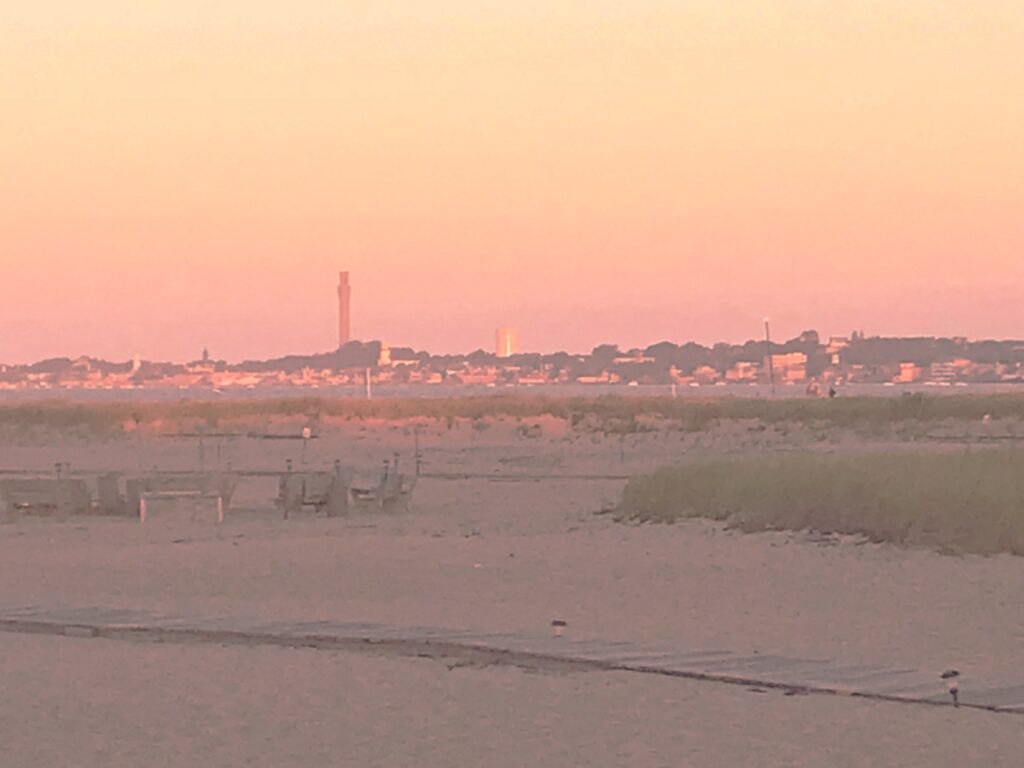
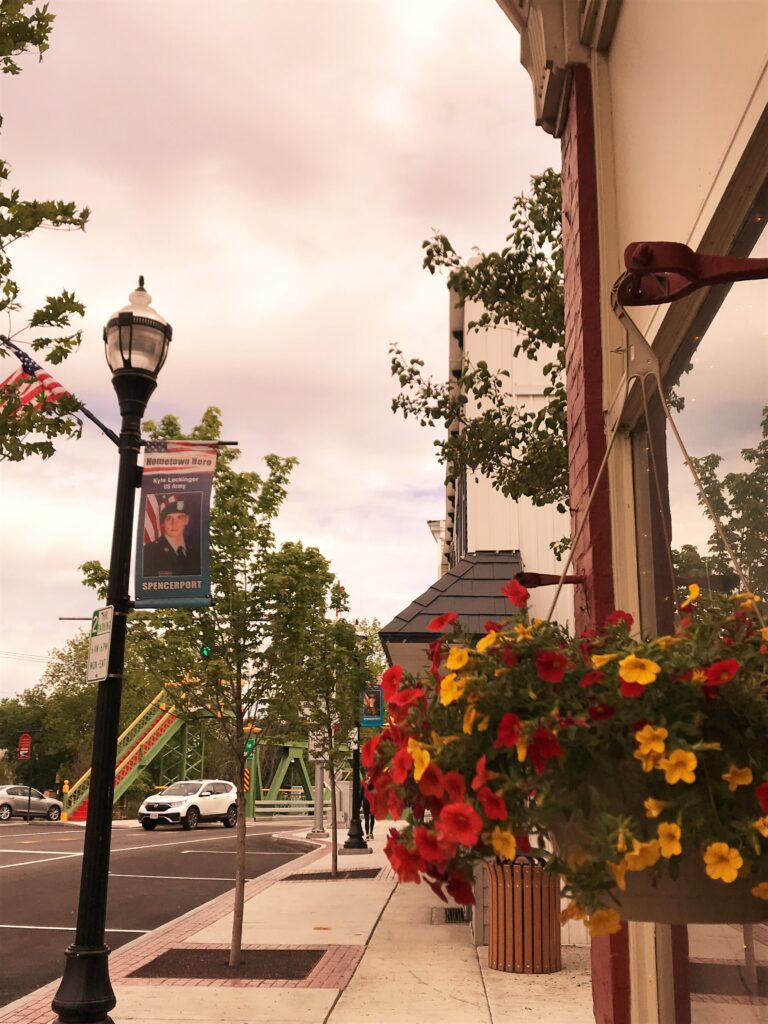

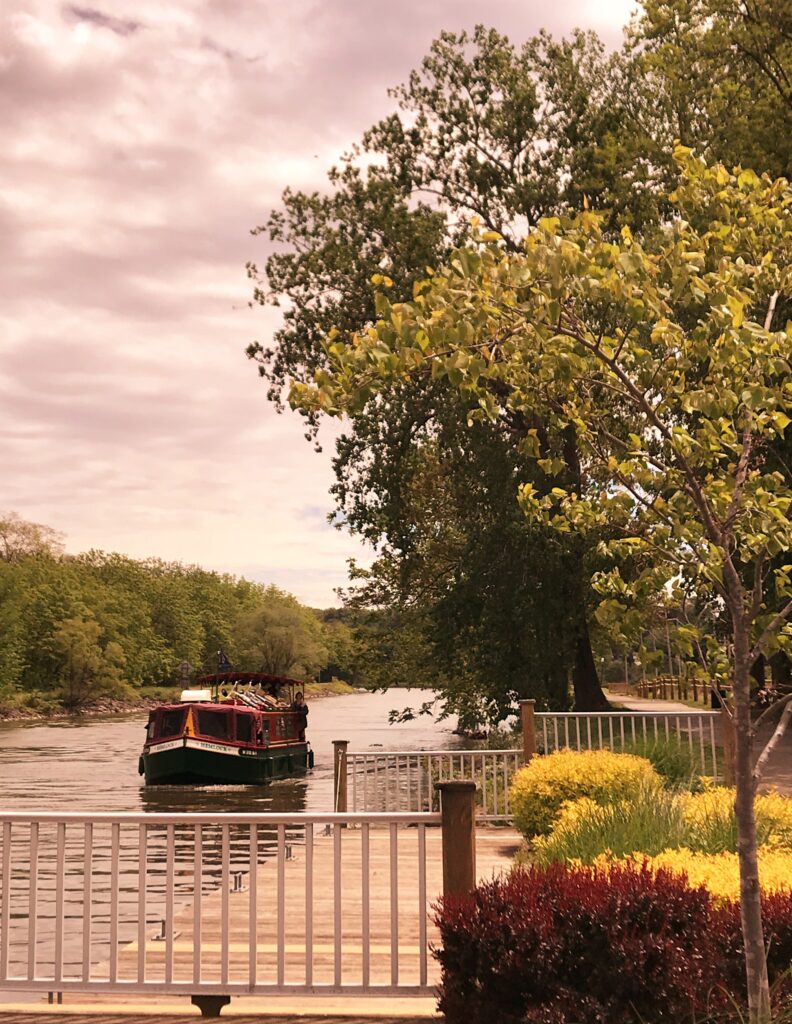
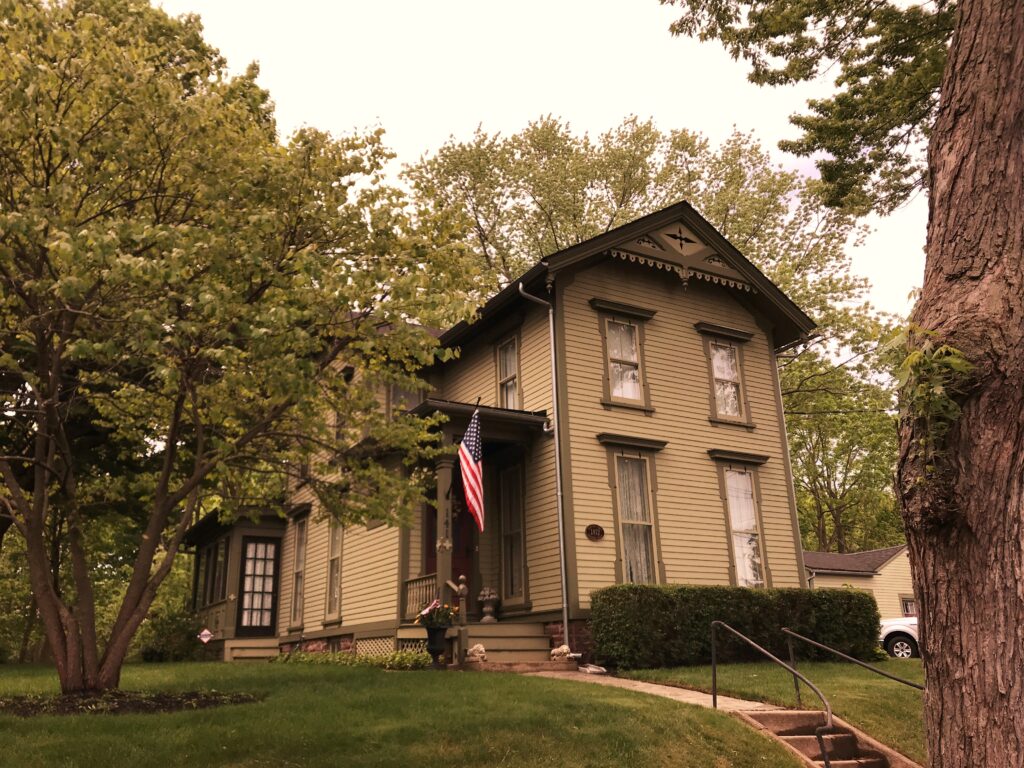
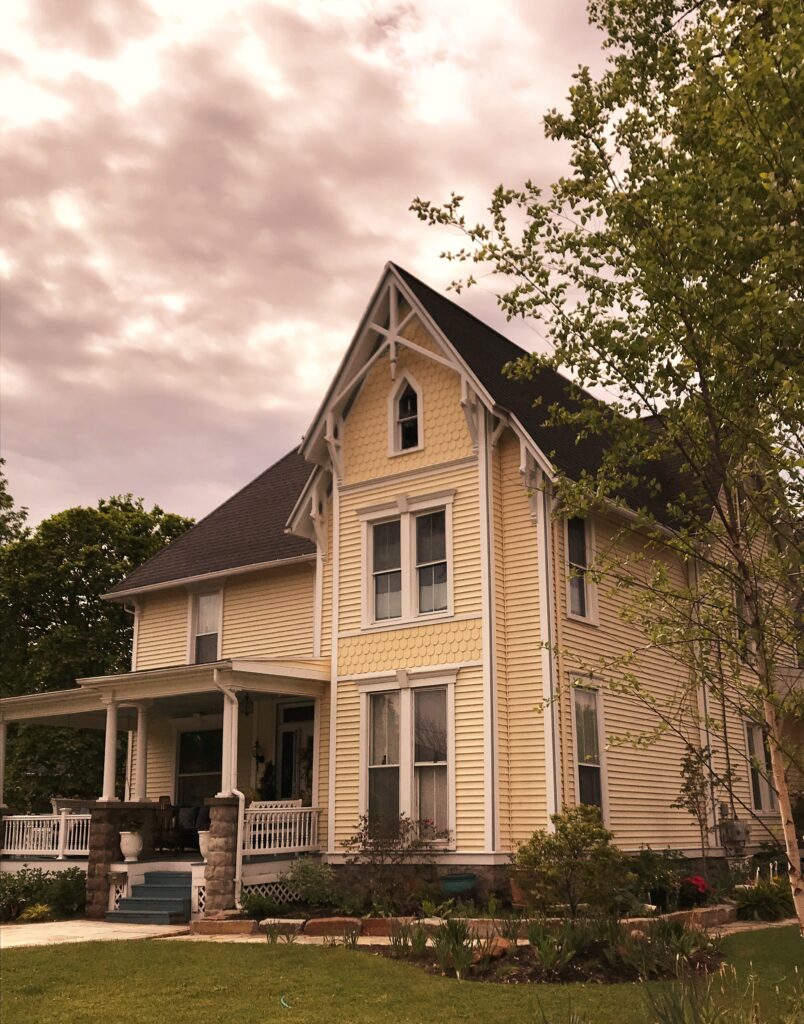
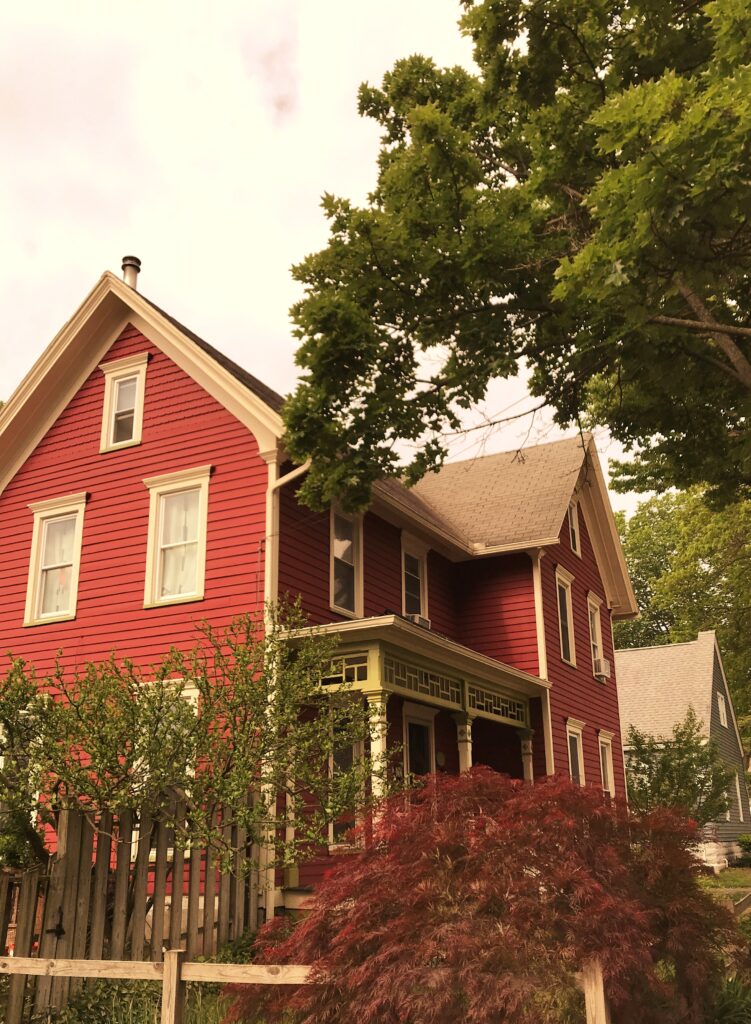
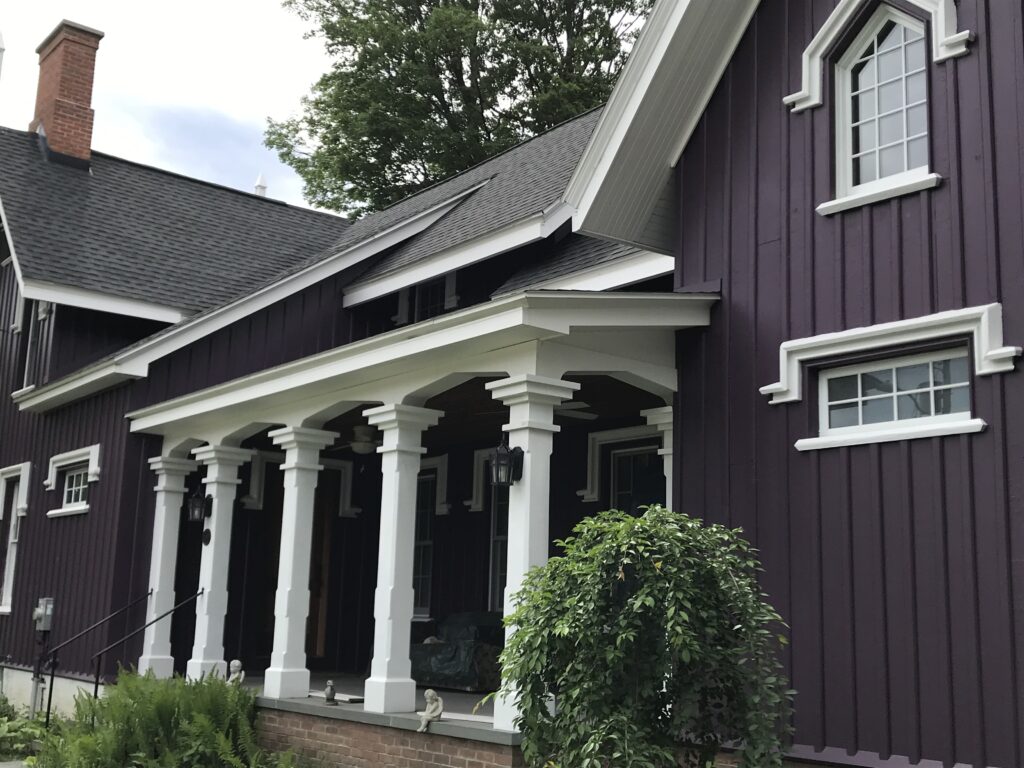
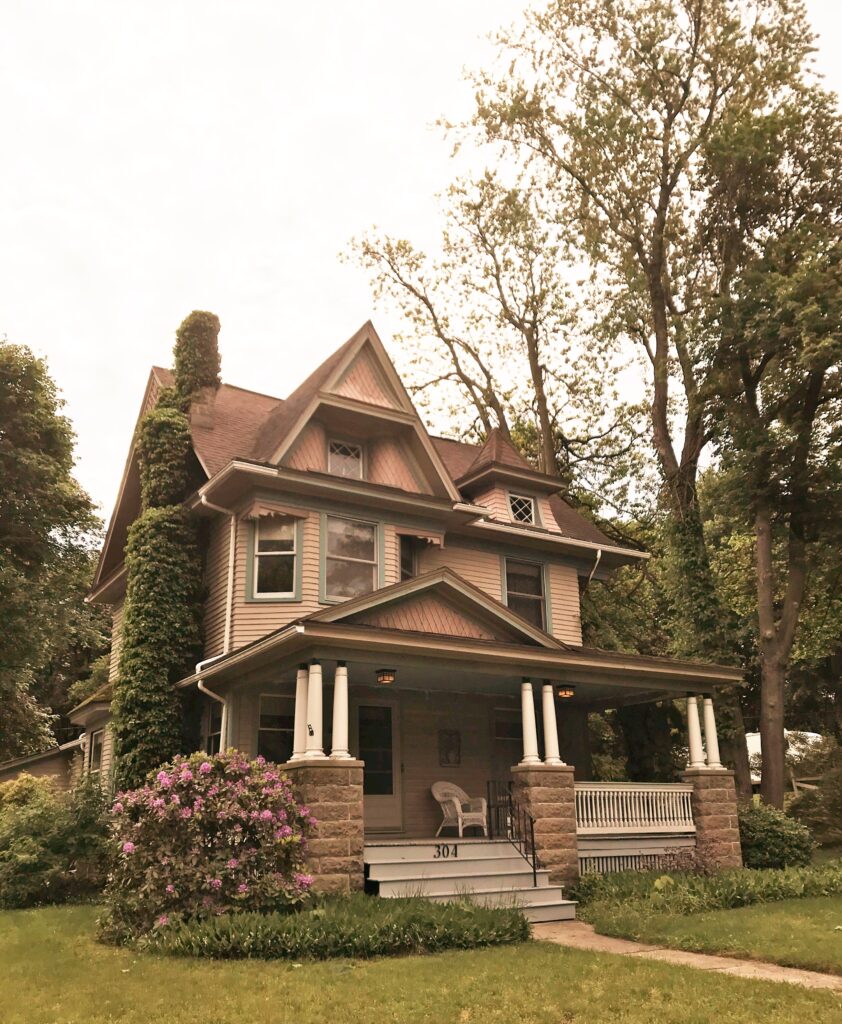
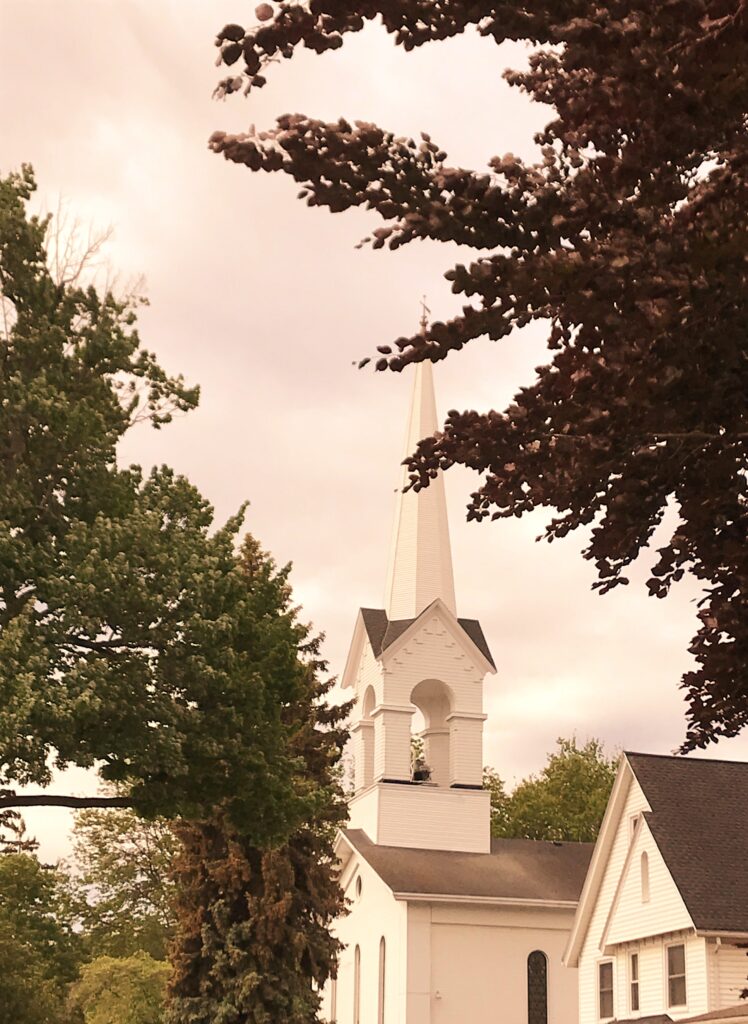
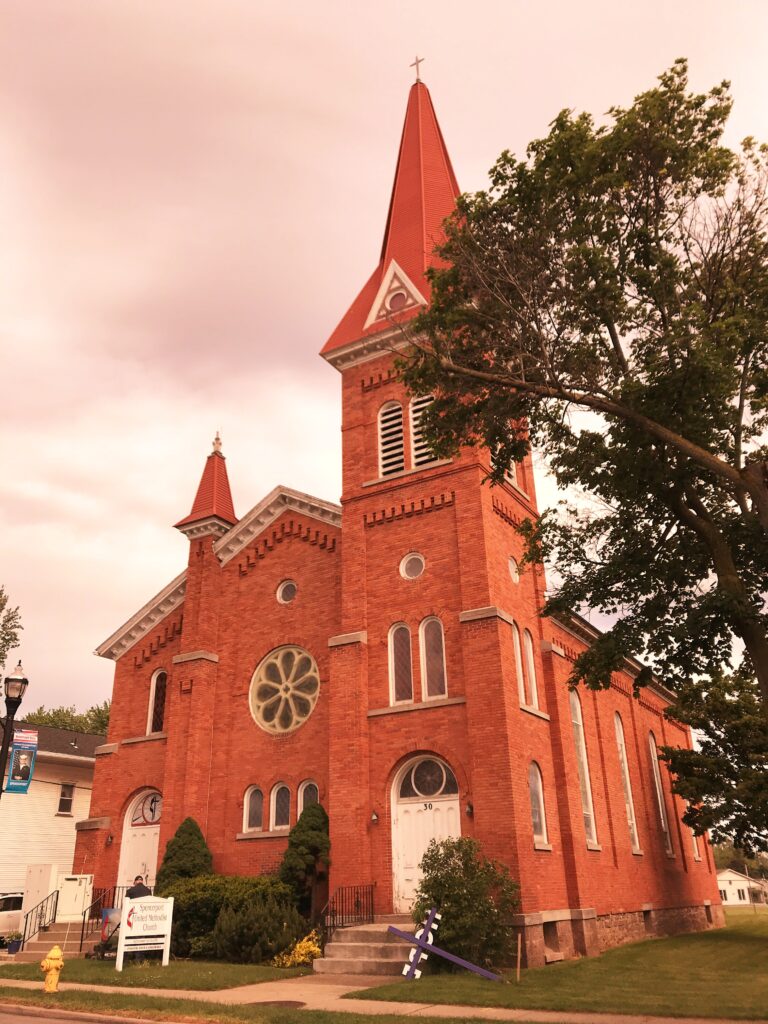
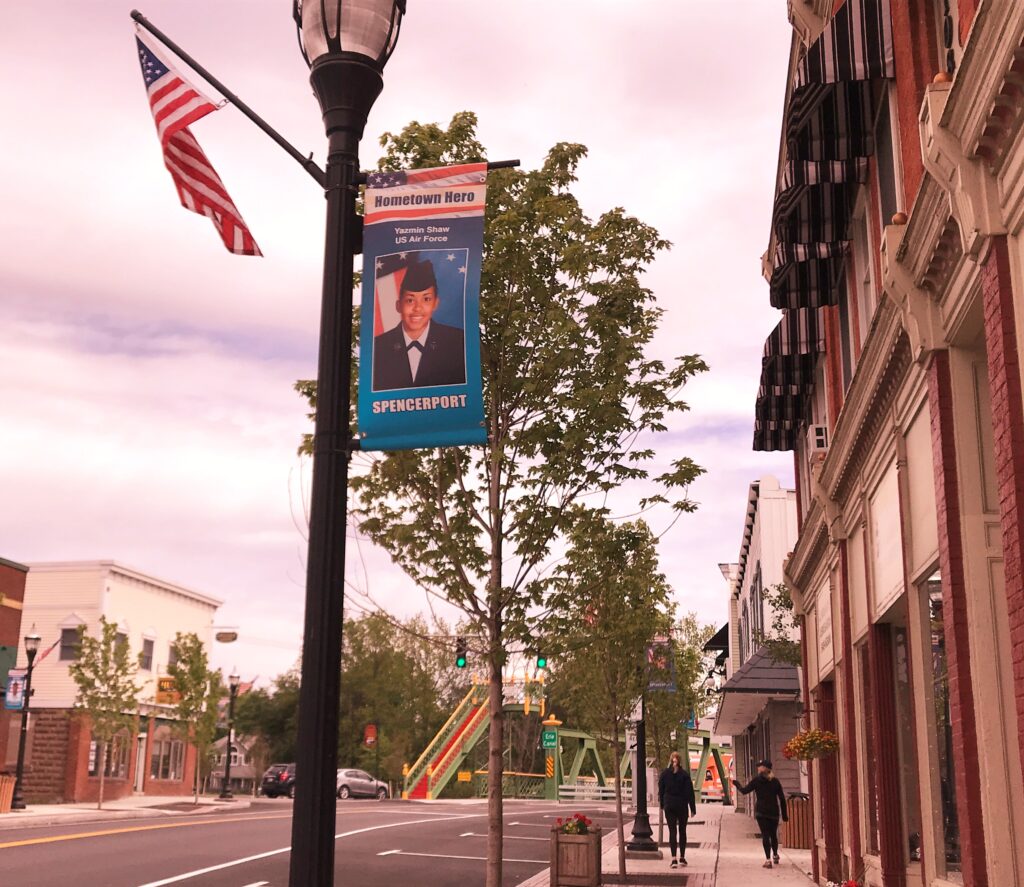
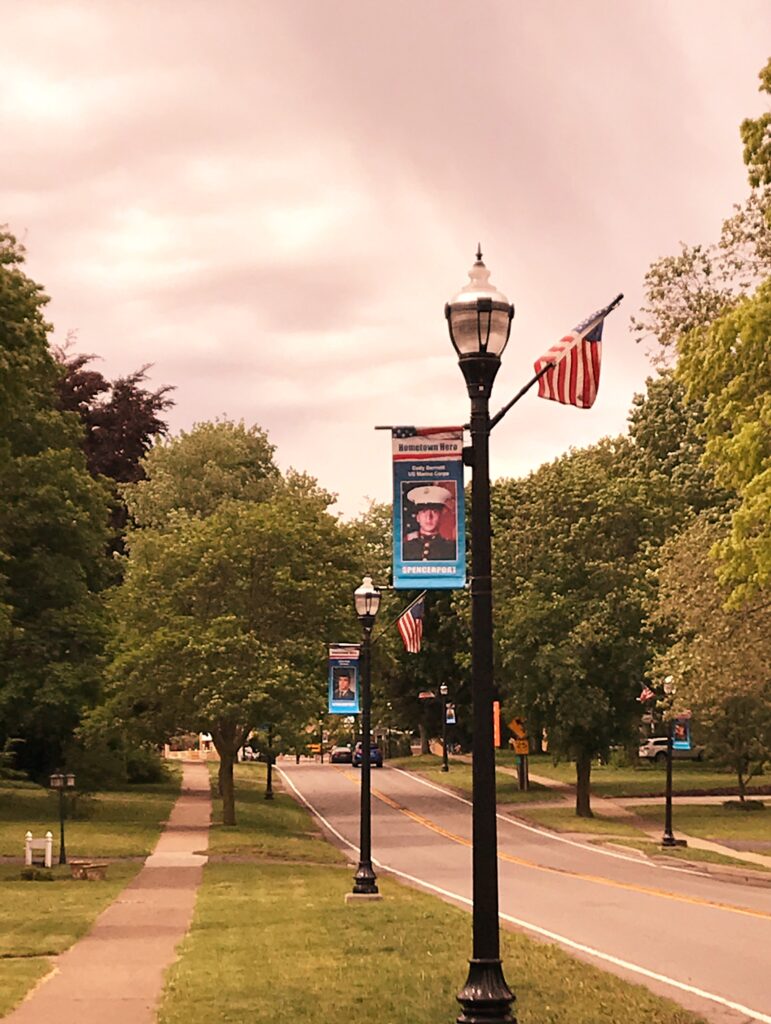
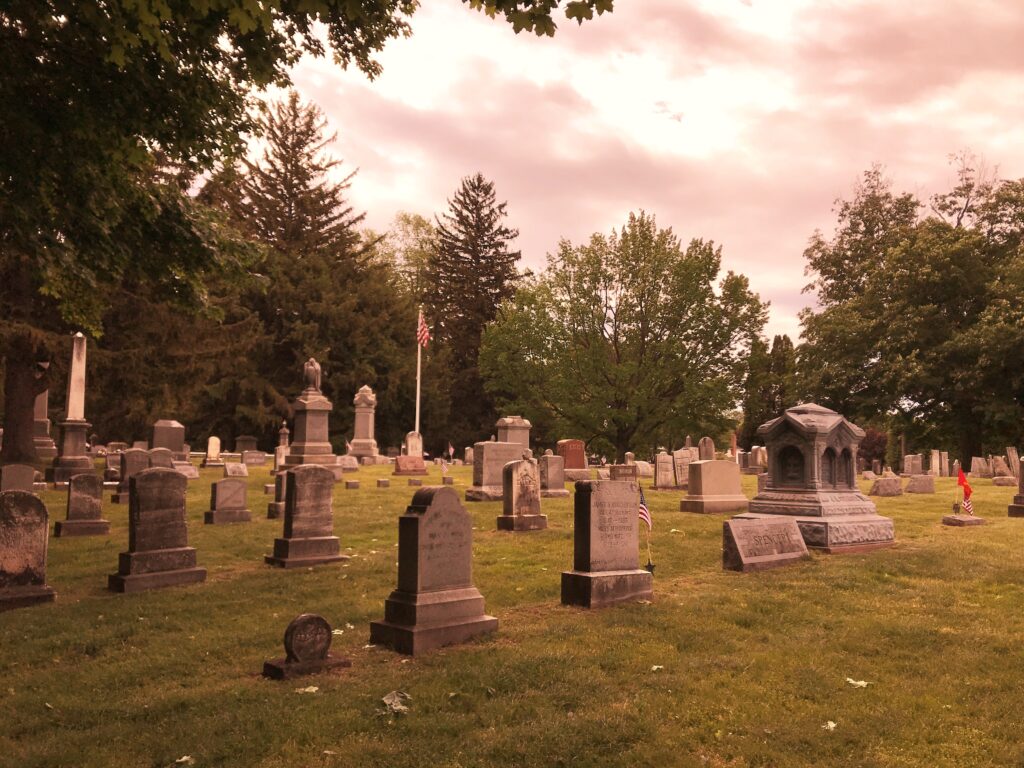



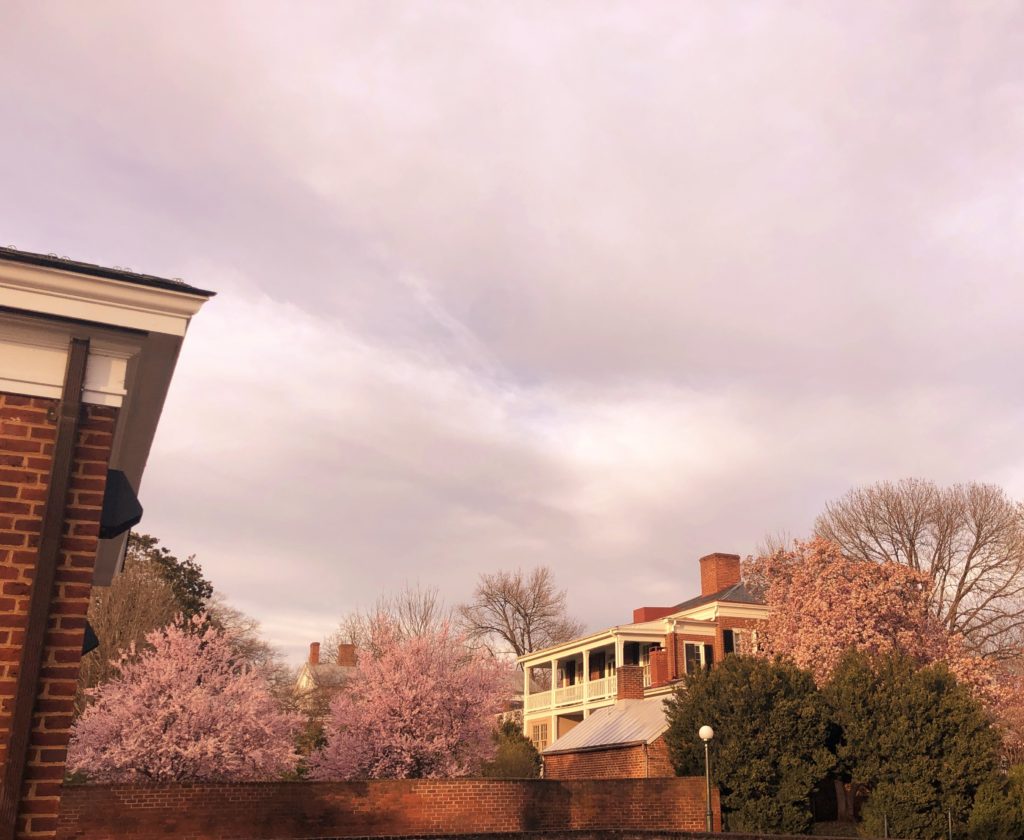
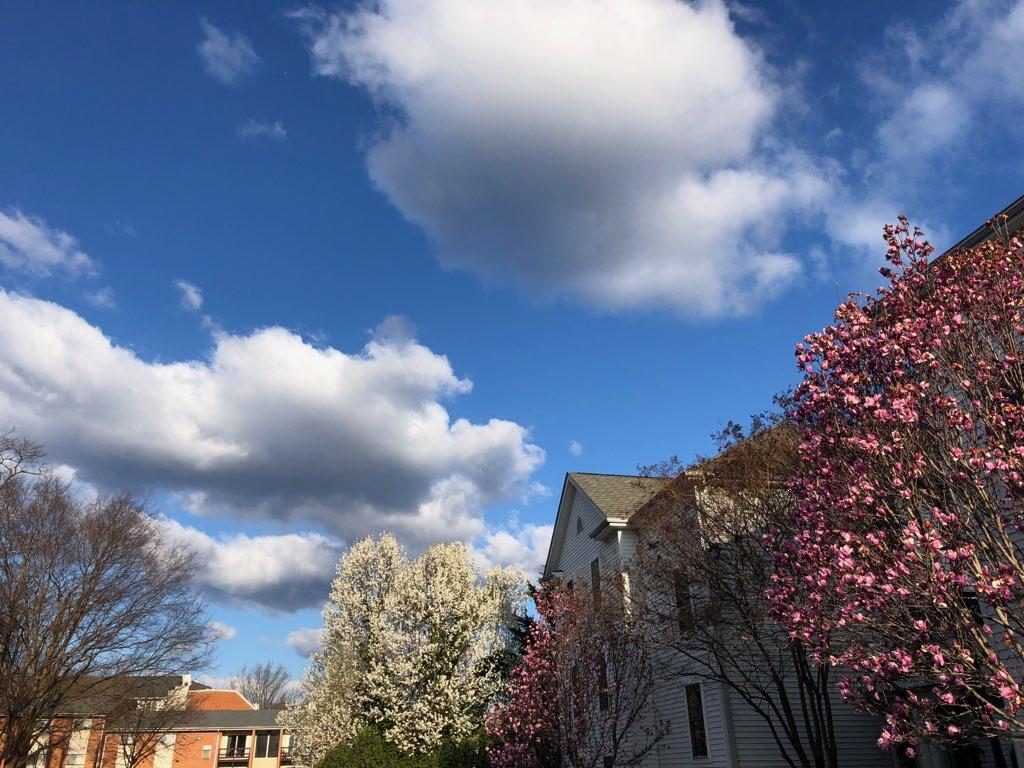
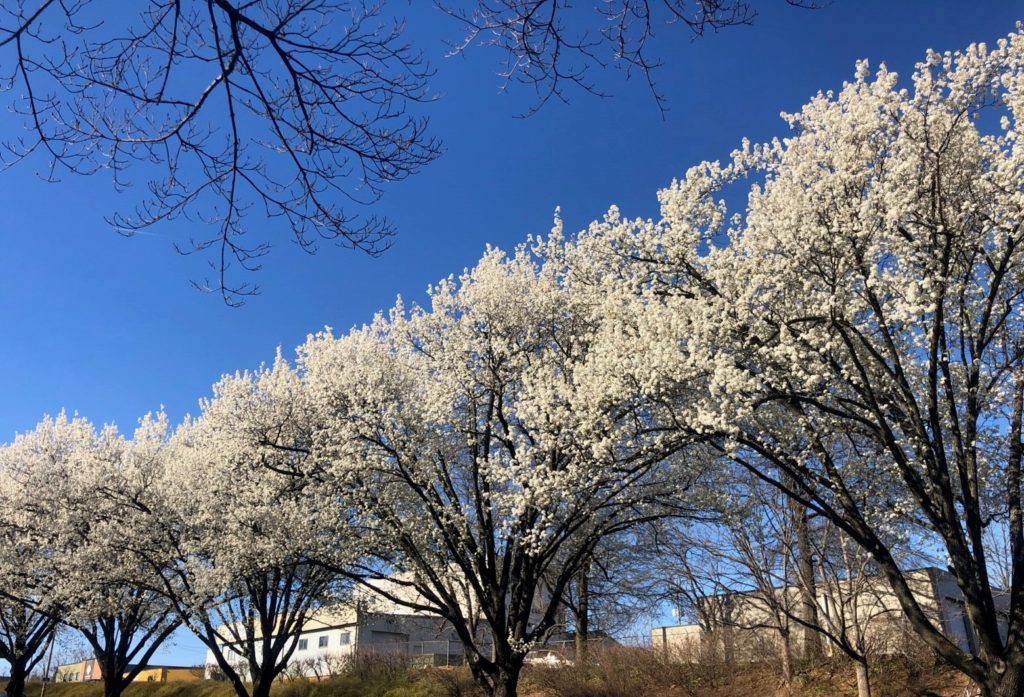
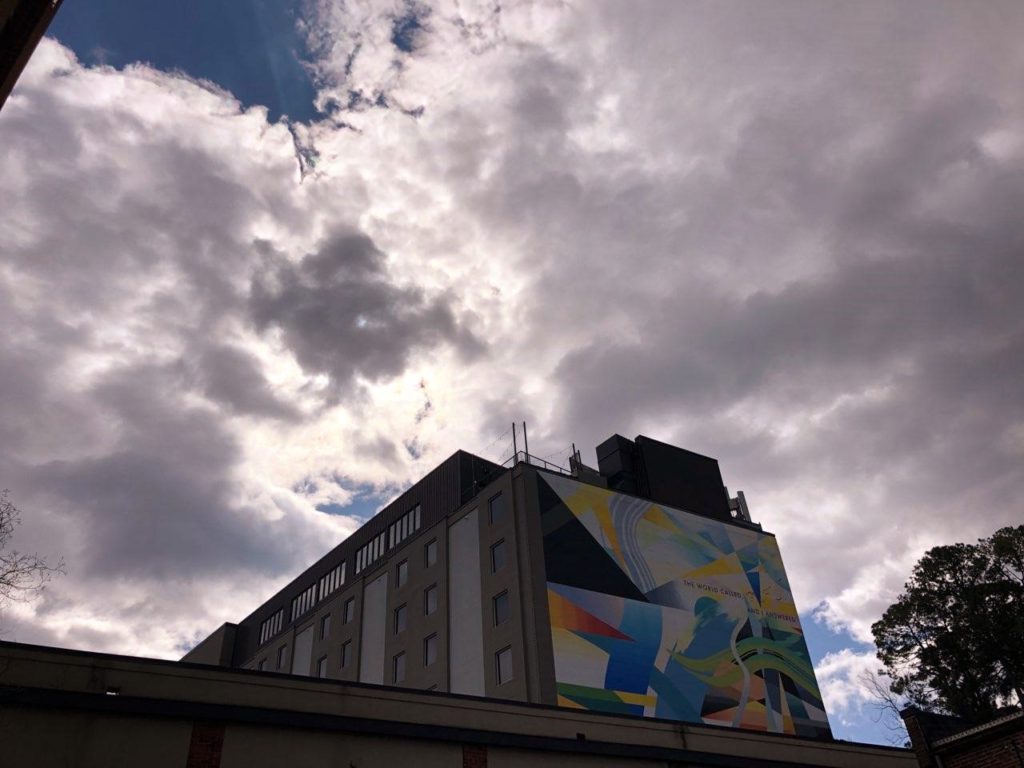

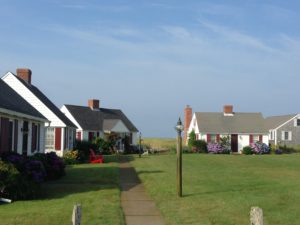 Shore Road, Route 6A, is our Main Street while we’re in Cape Cod, and I walk it nearly every morning. As in our little cottage complex, major changes along the road are refreshingly few and far between. Its scenery is almost as familiar to me as my childhood back yard. My Shore Road walks serve to further sustain the illusion of timelessness in Truro.
Shore Road, Route 6A, is our Main Street while we’re in Cape Cod, and I walk it nearly every morning. As in our little cottage complex, major changes along the road are refreshingly few and far between. Its scenery is almost as familiar to me as my childhood back yard. My Shore Road walks serve to further sustain the illusion of timelessness in Truro. 
